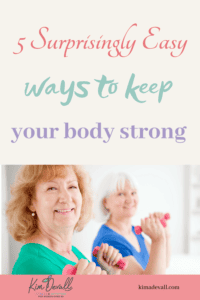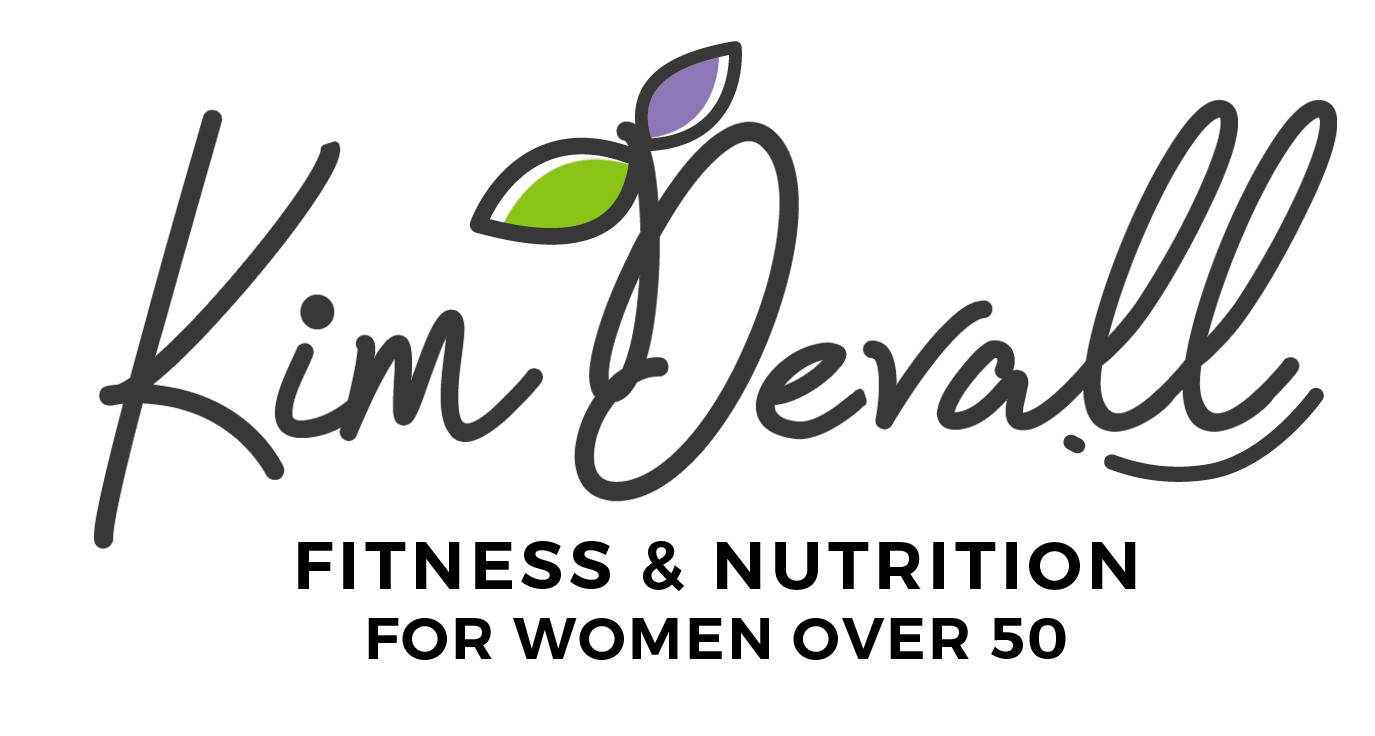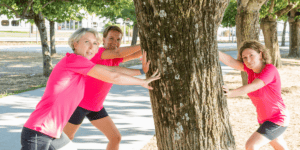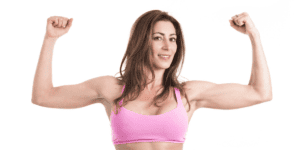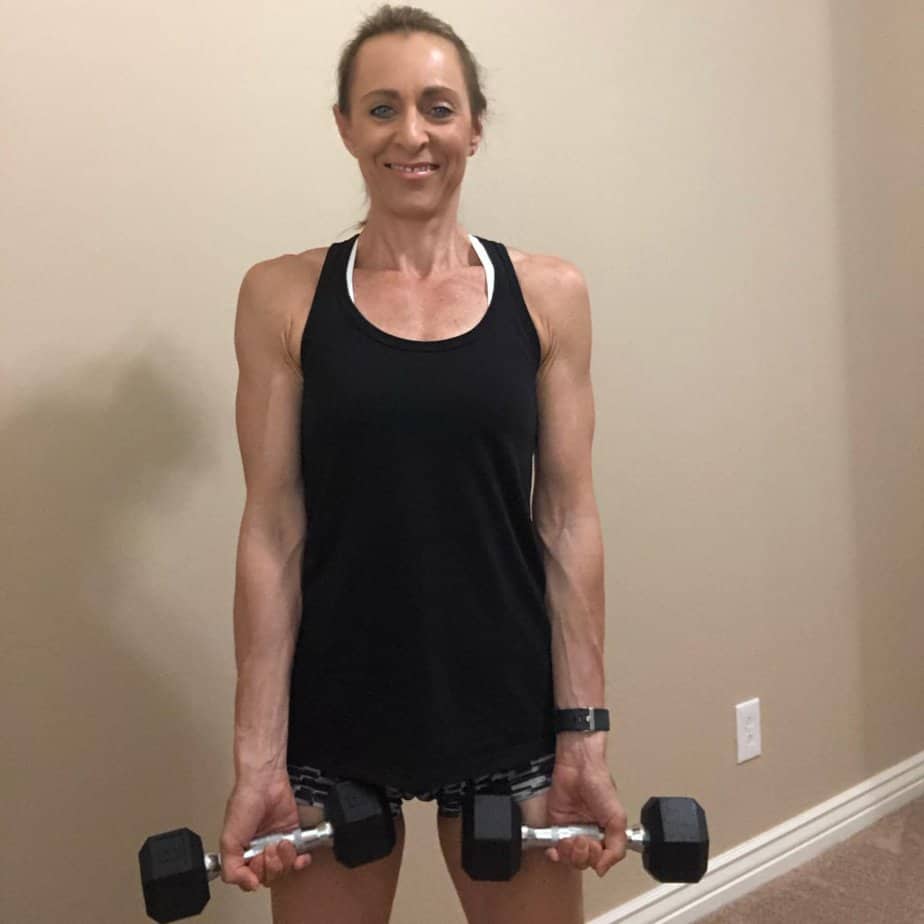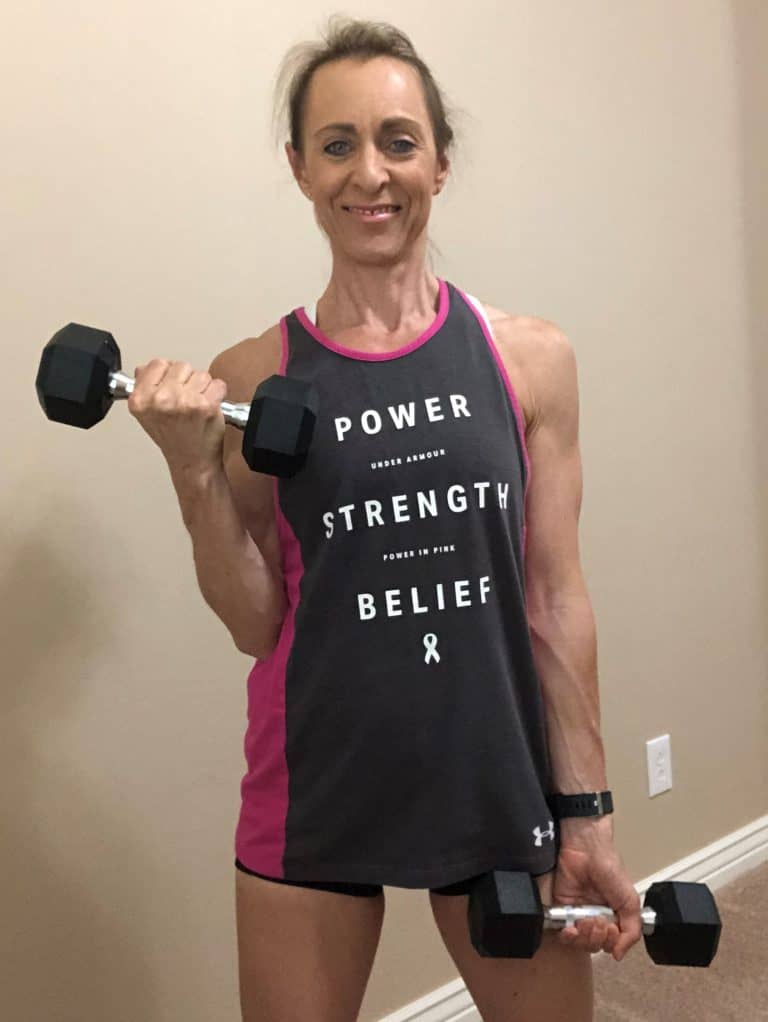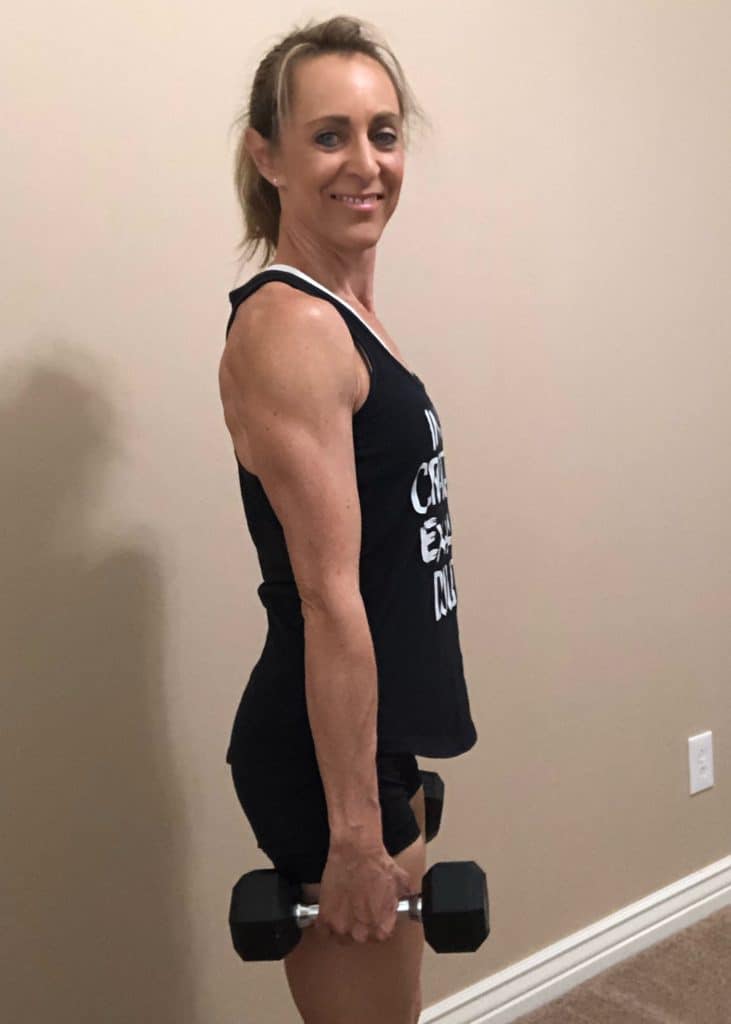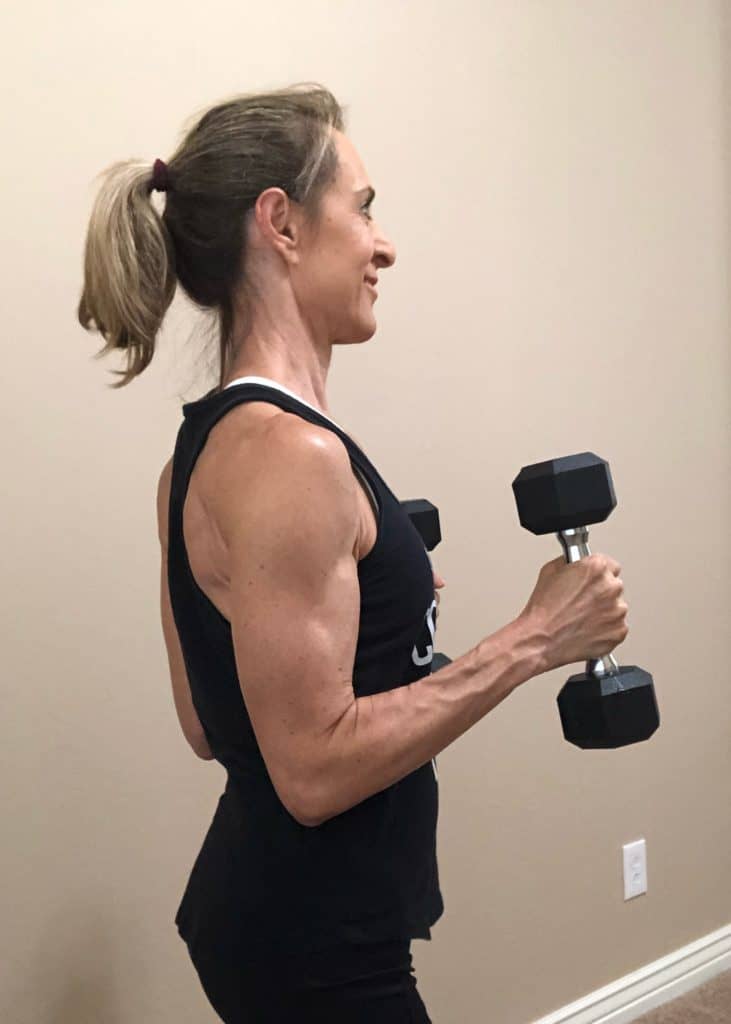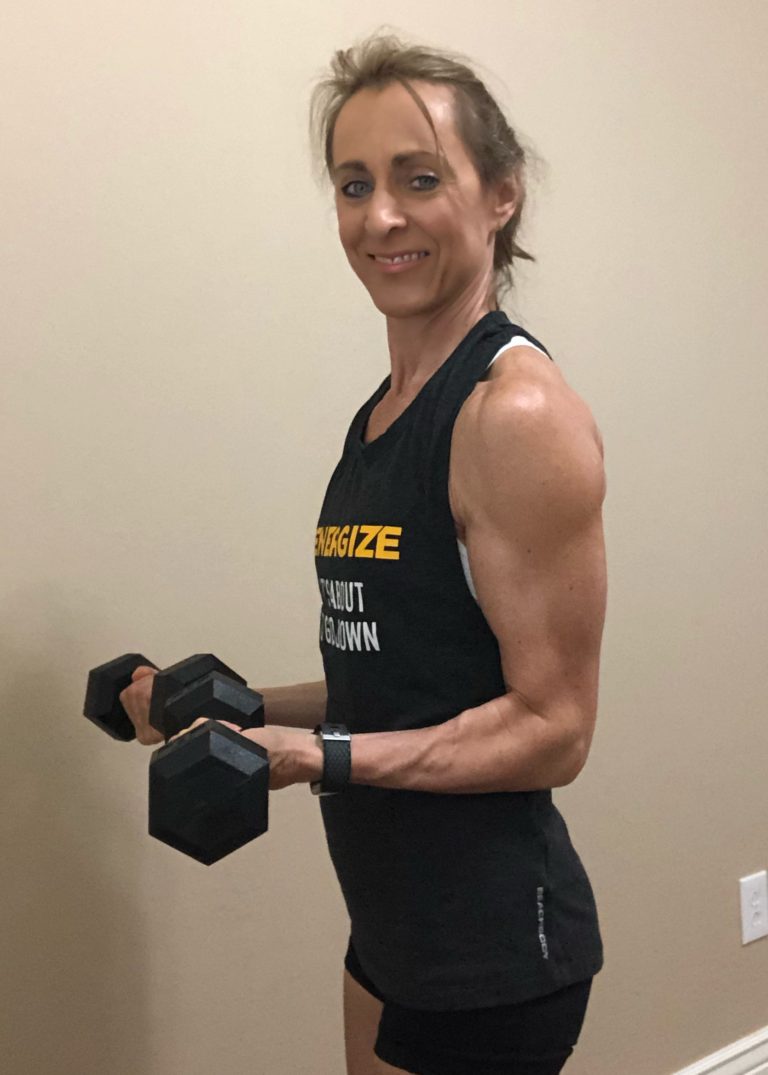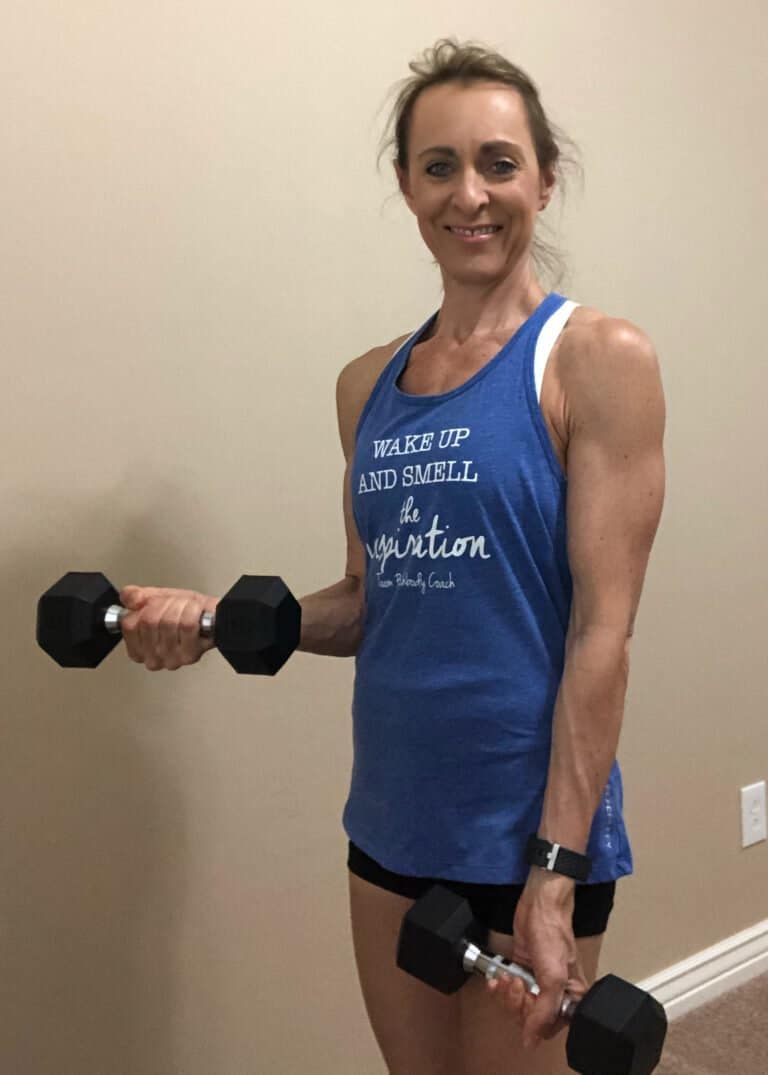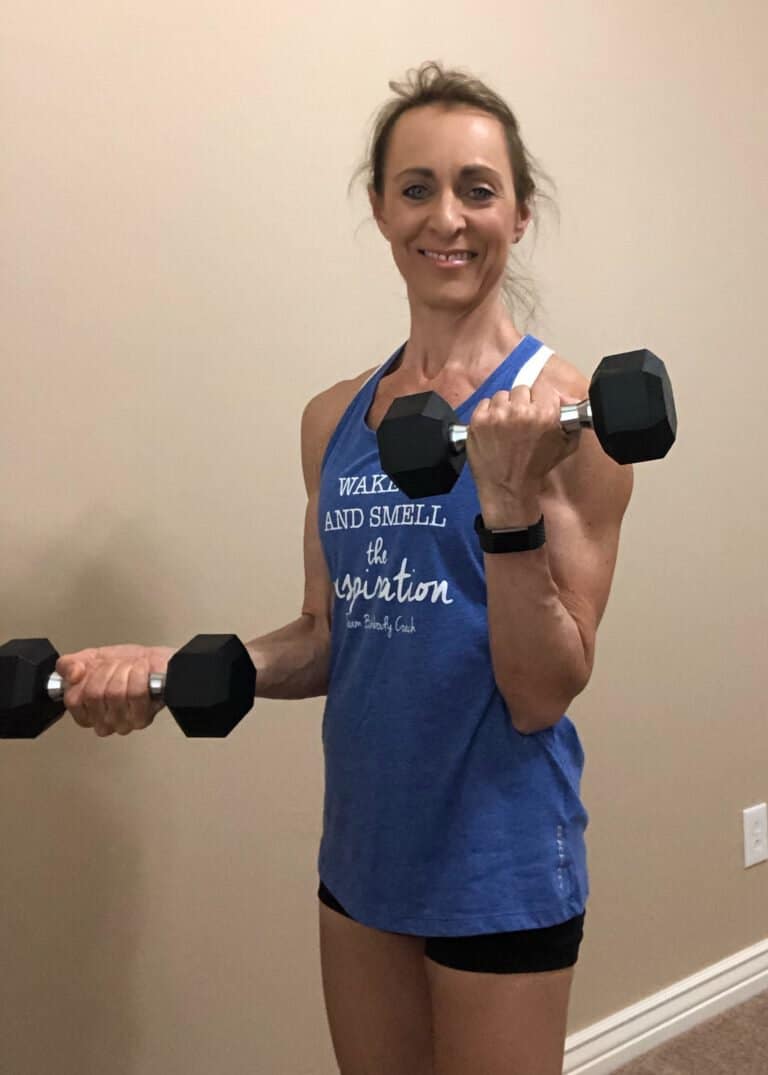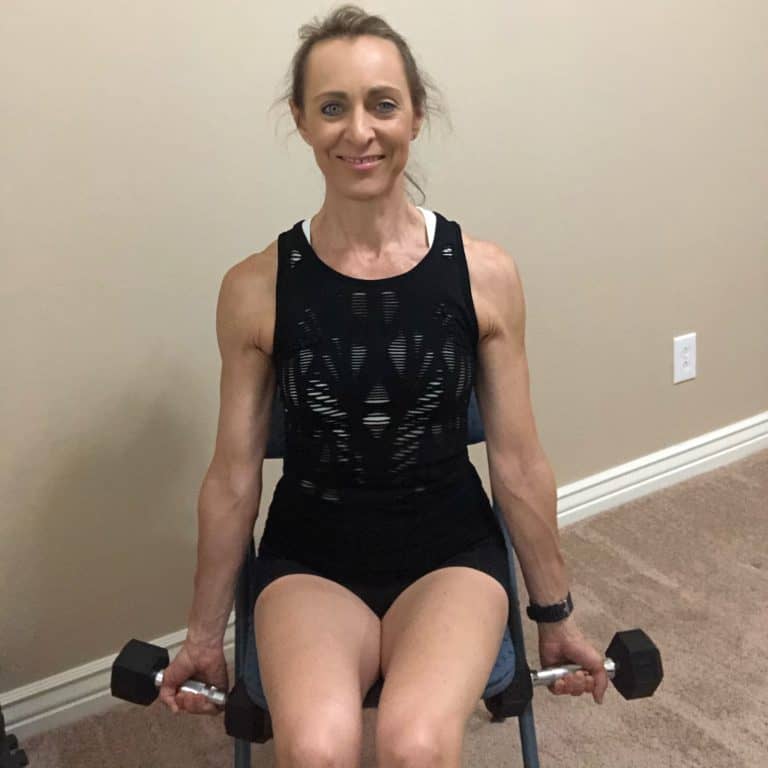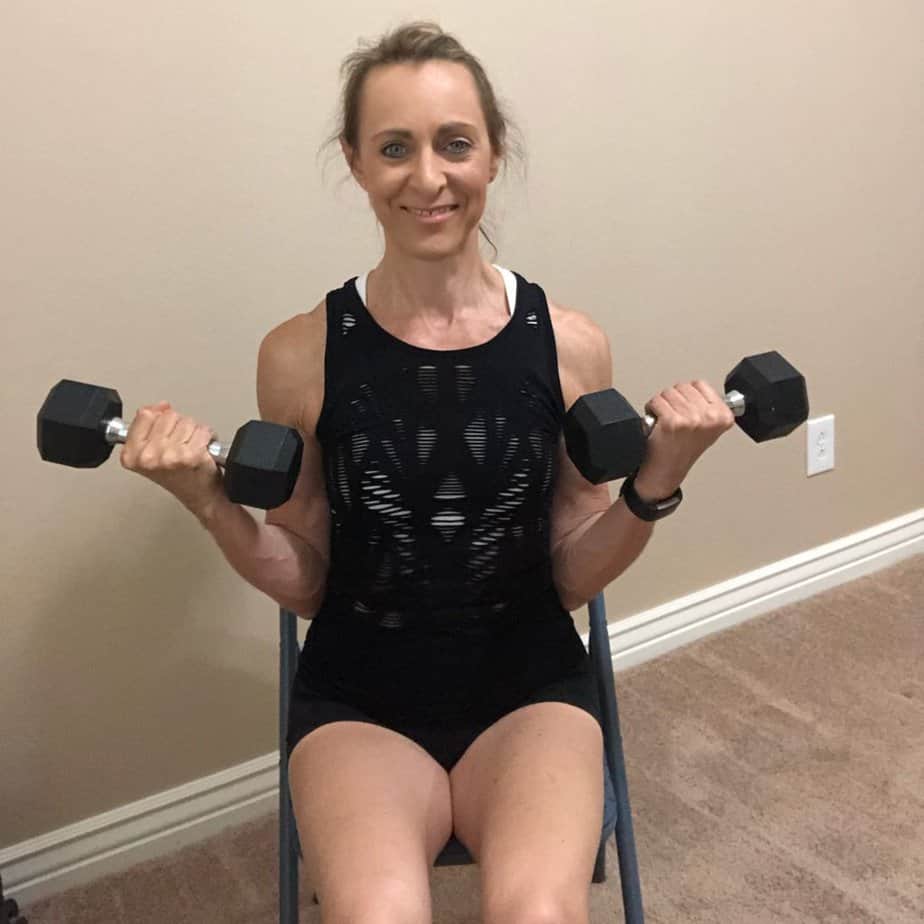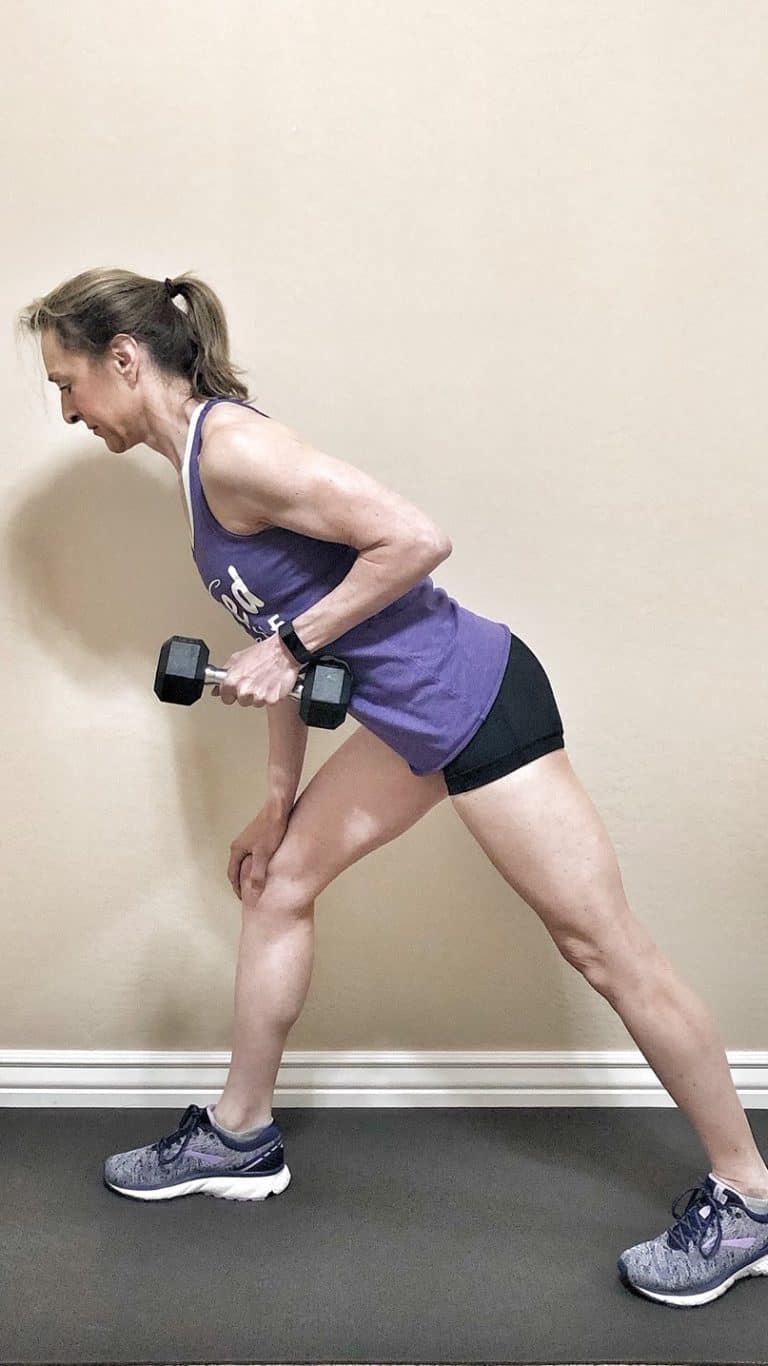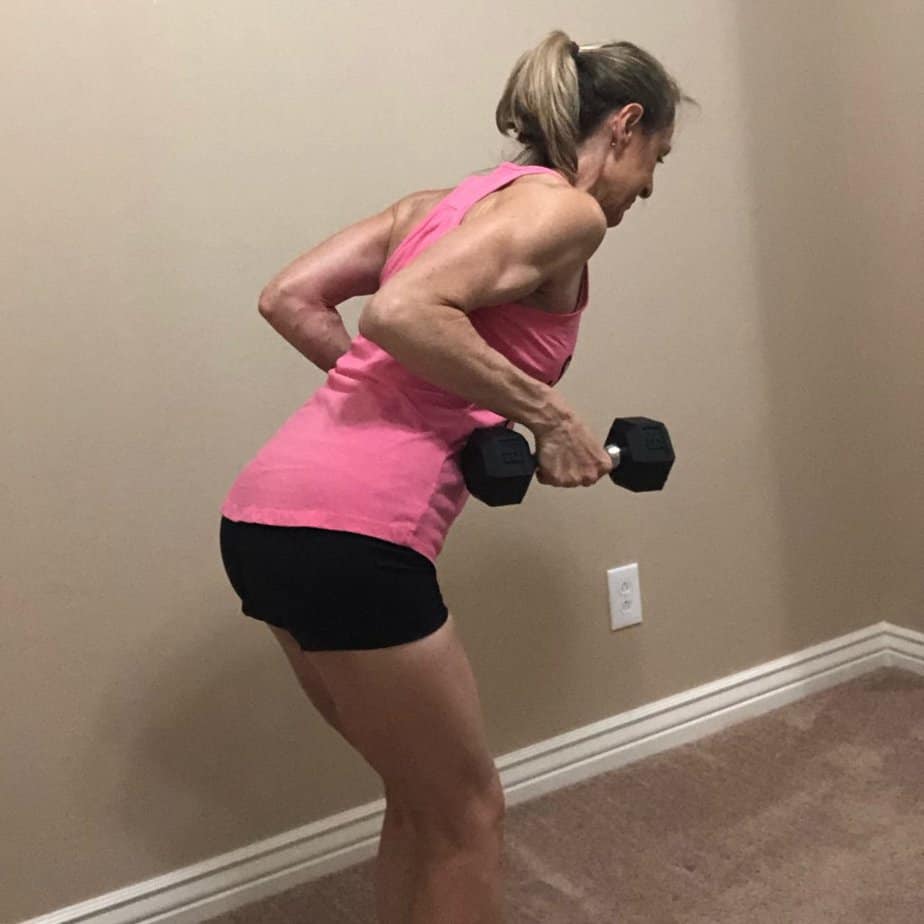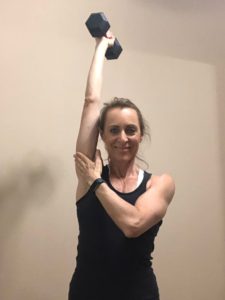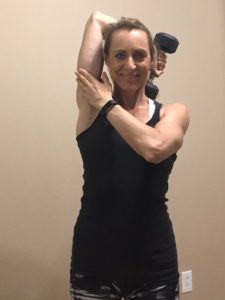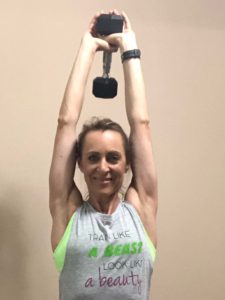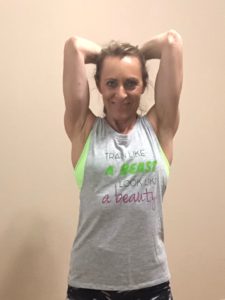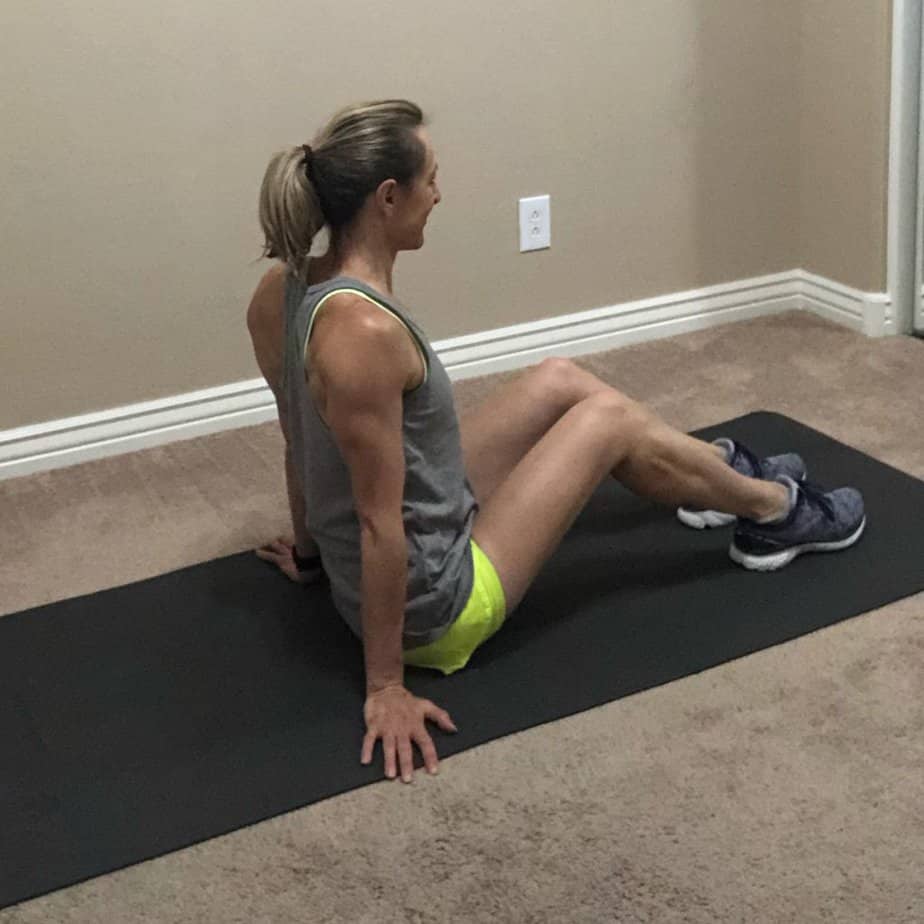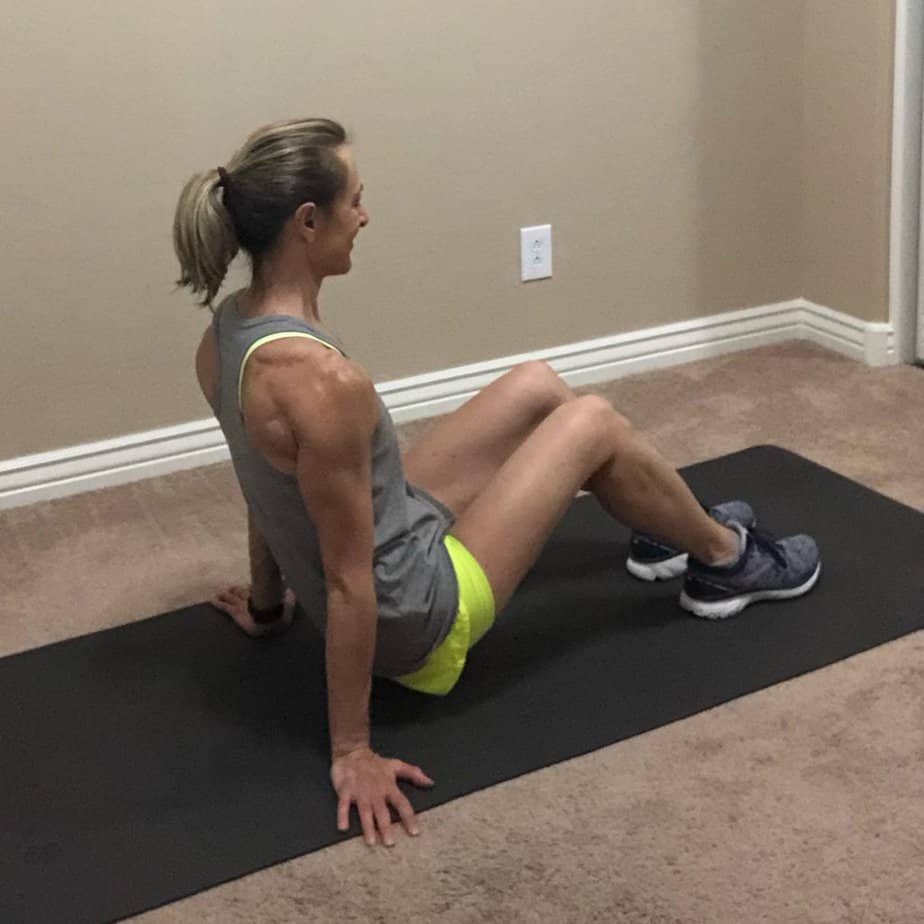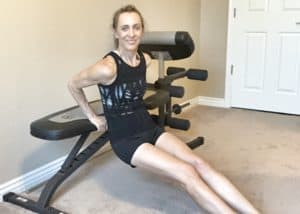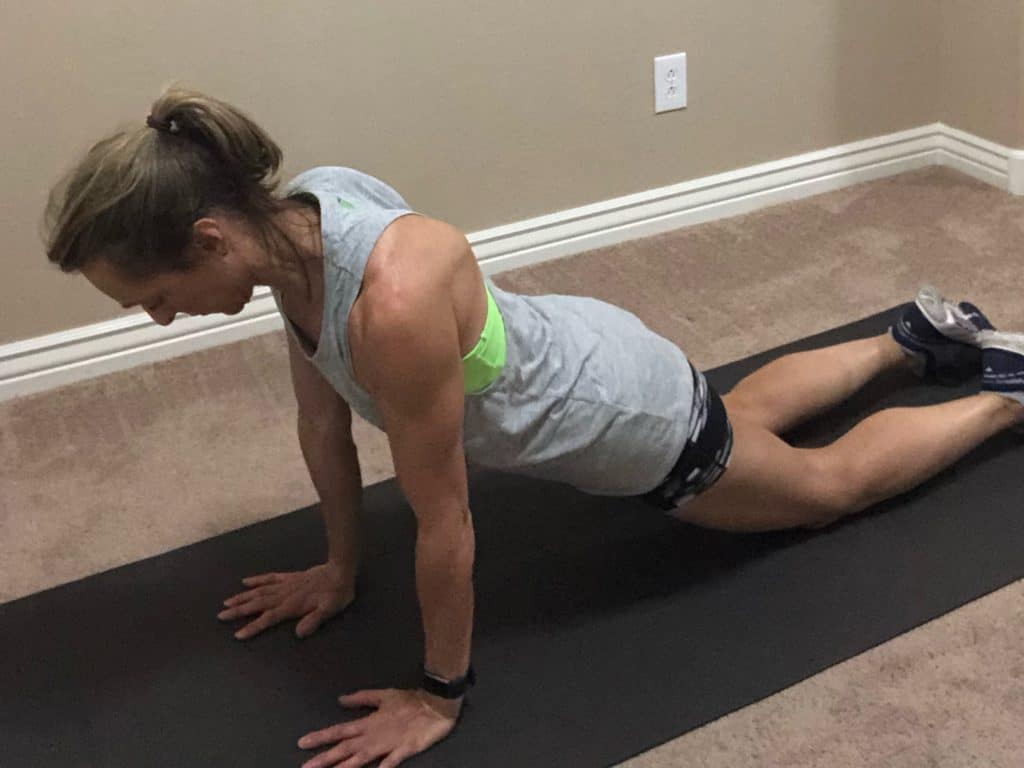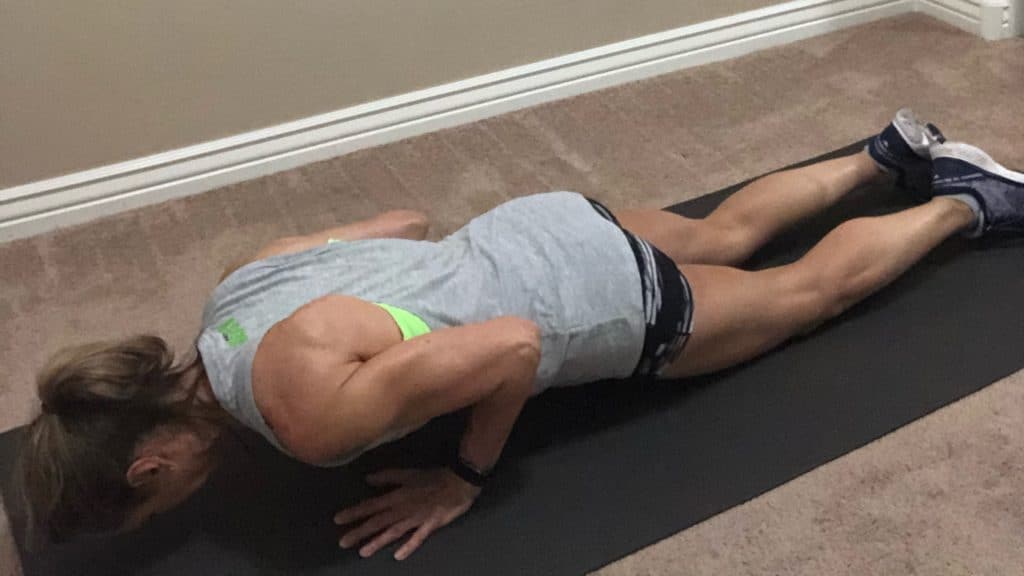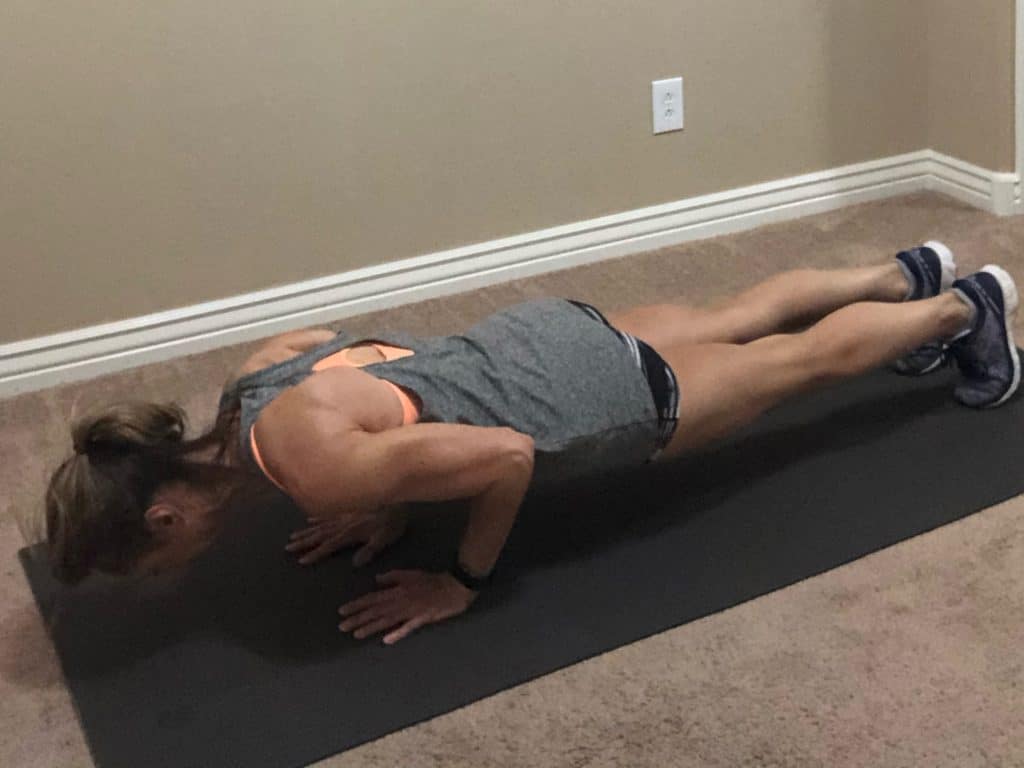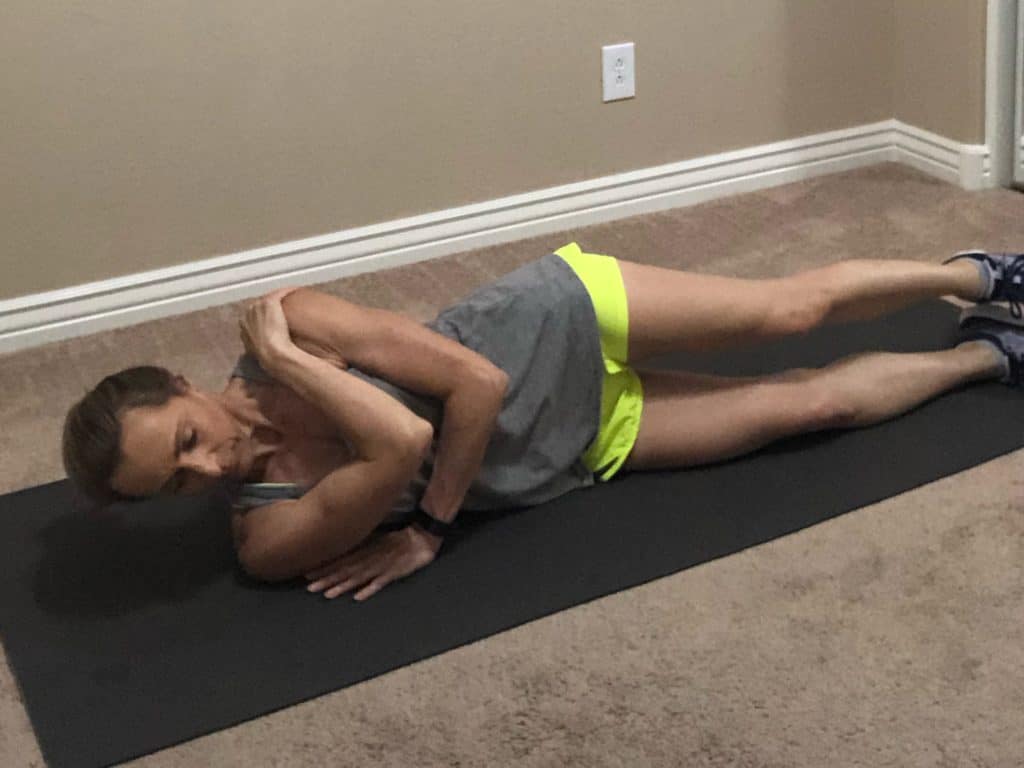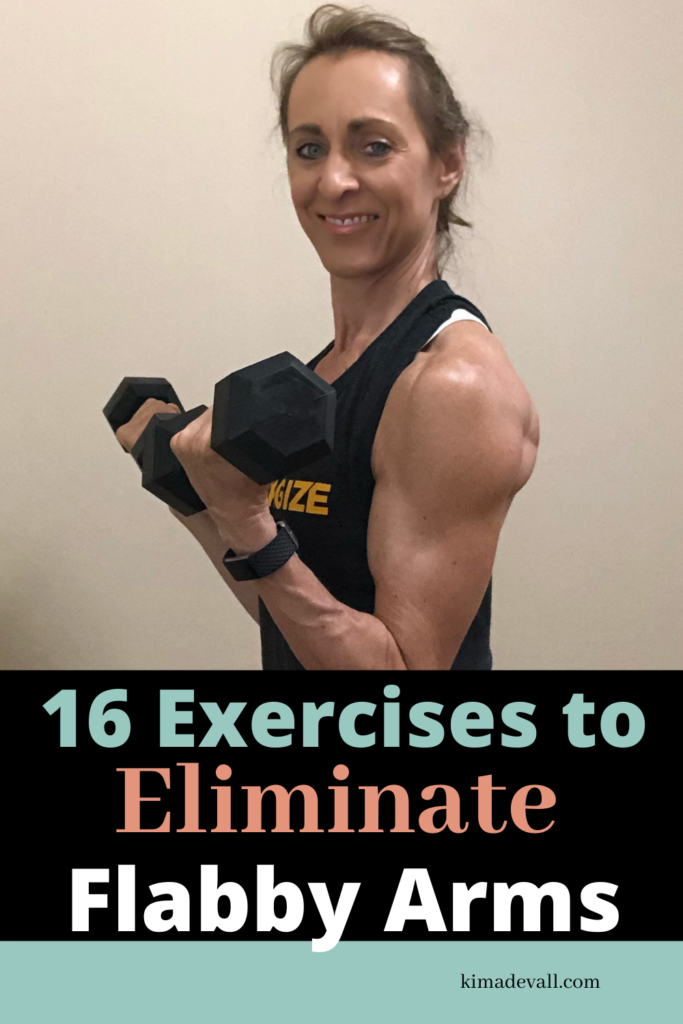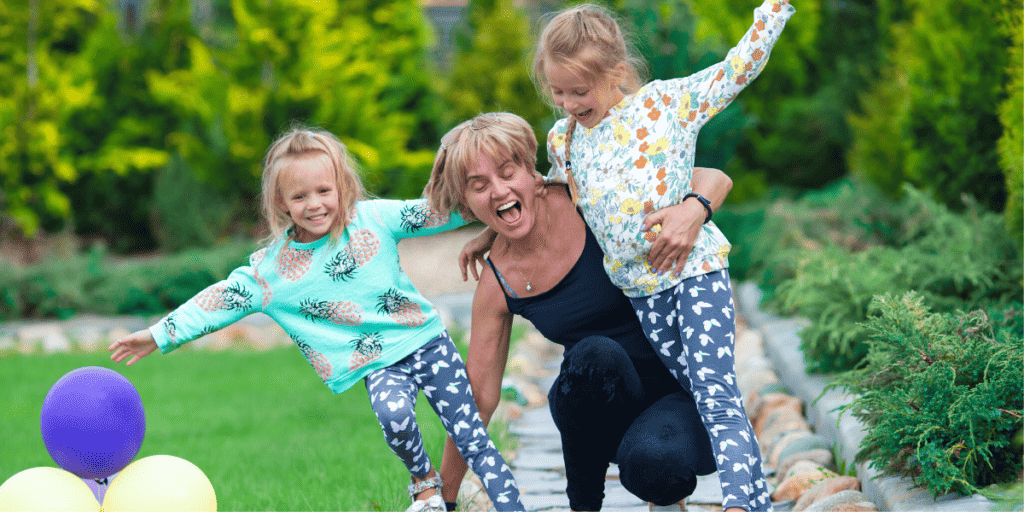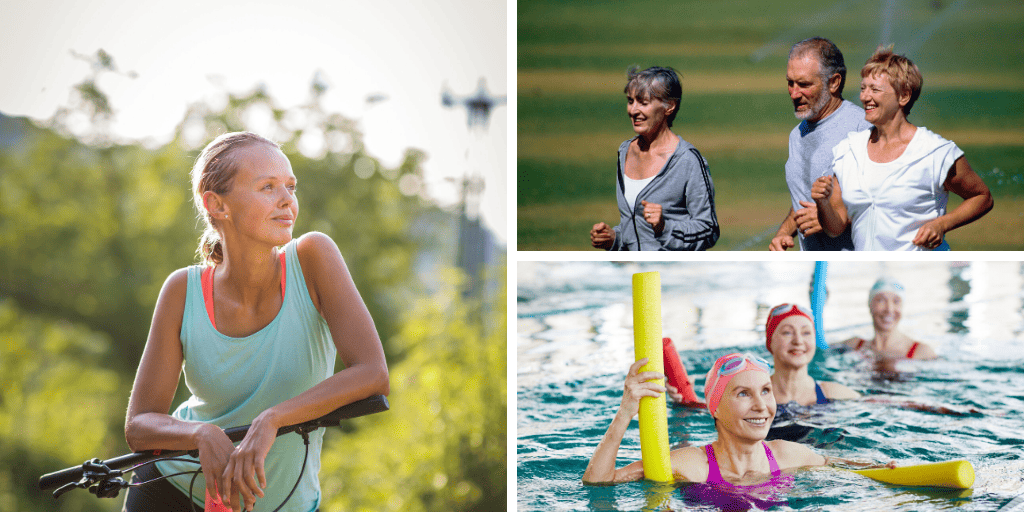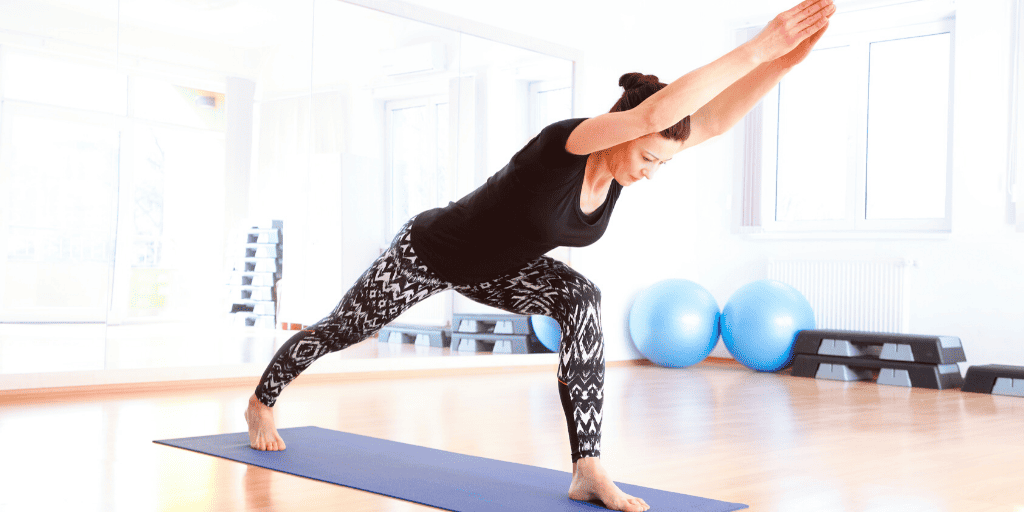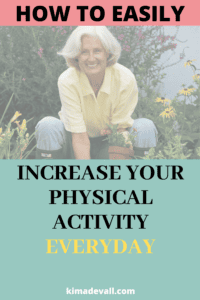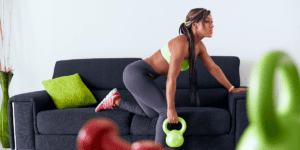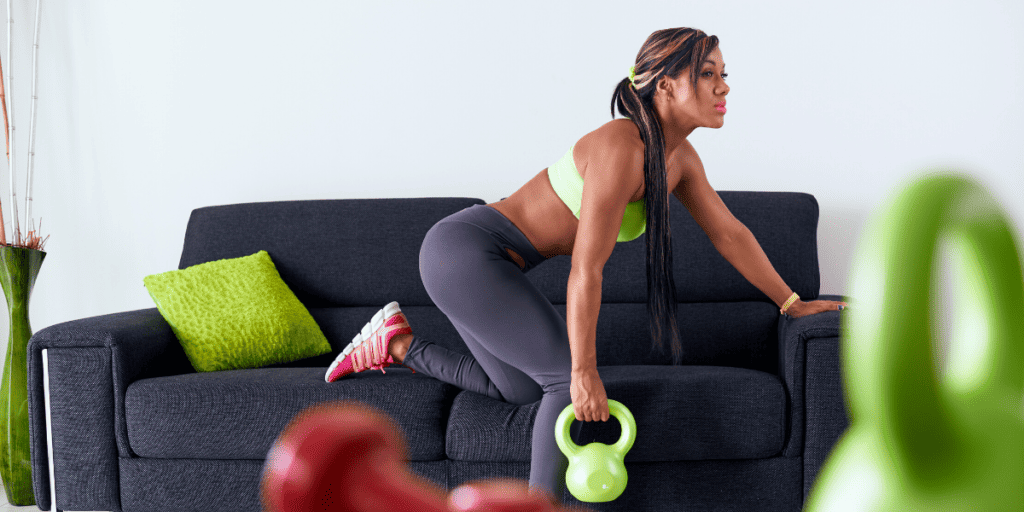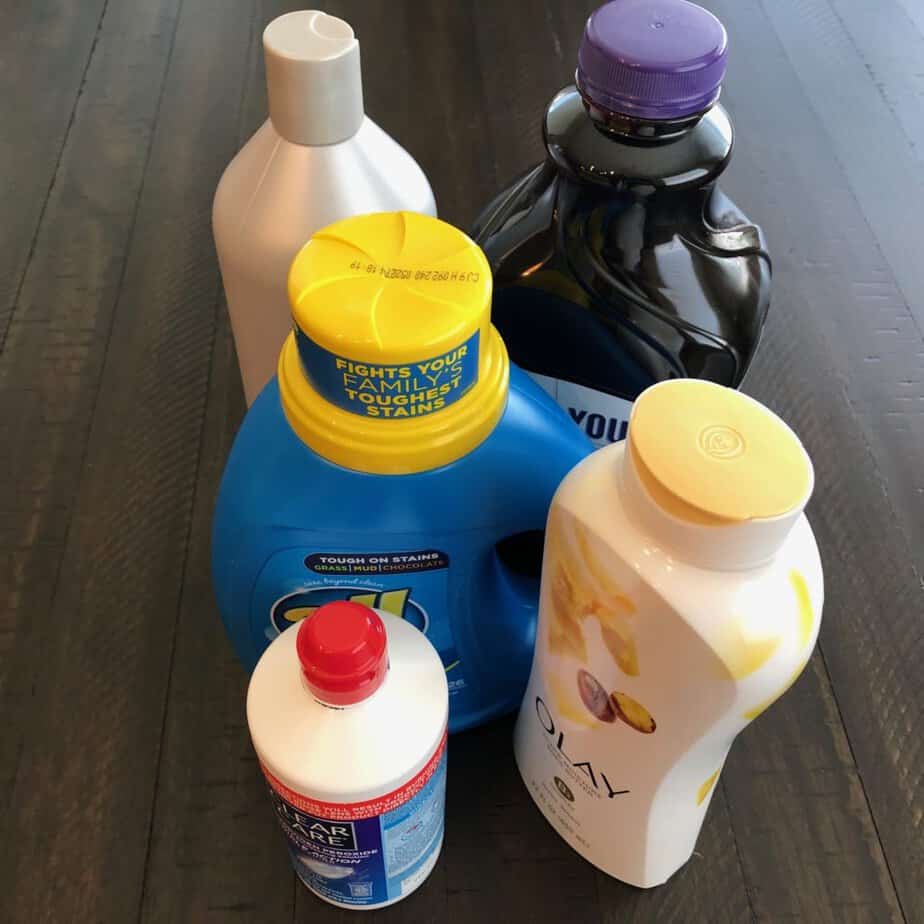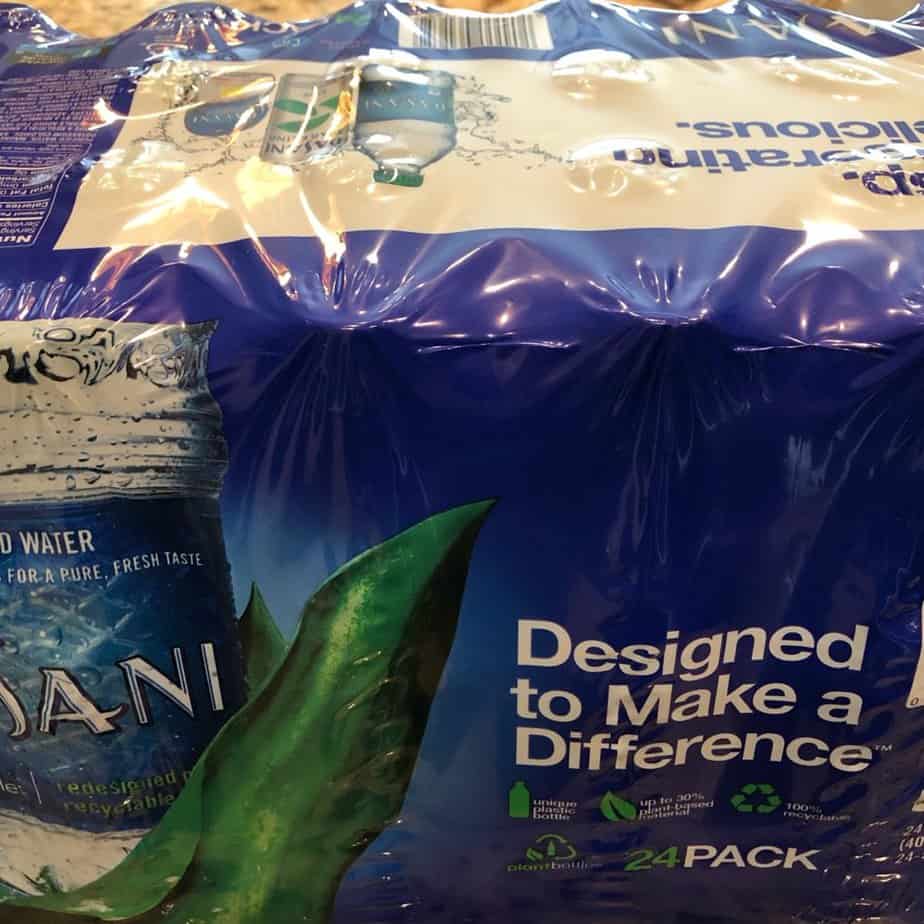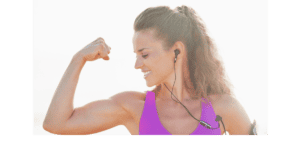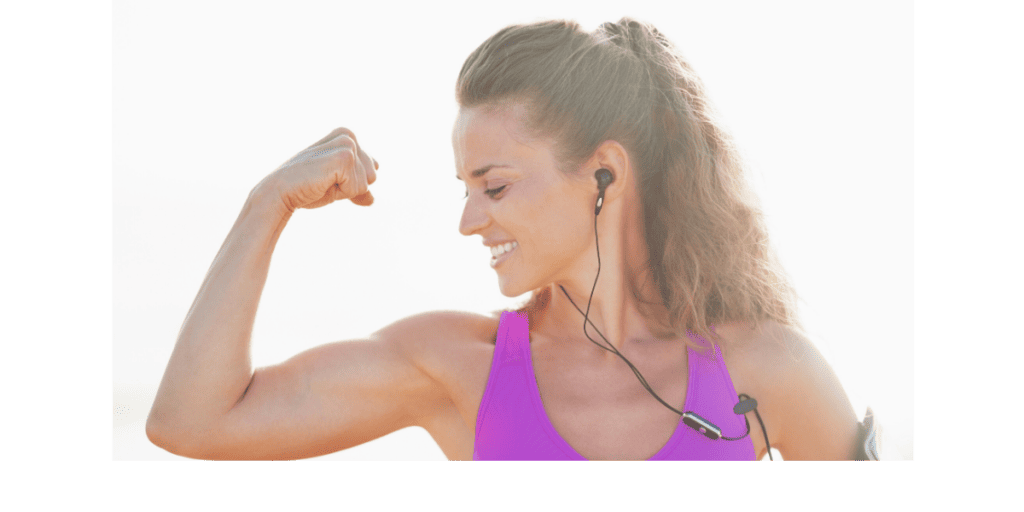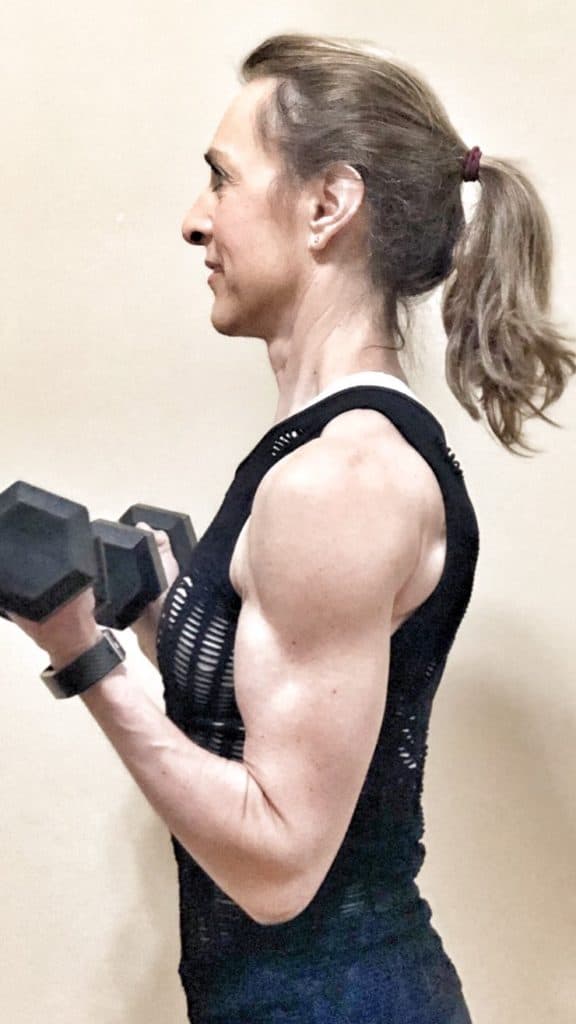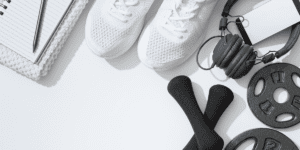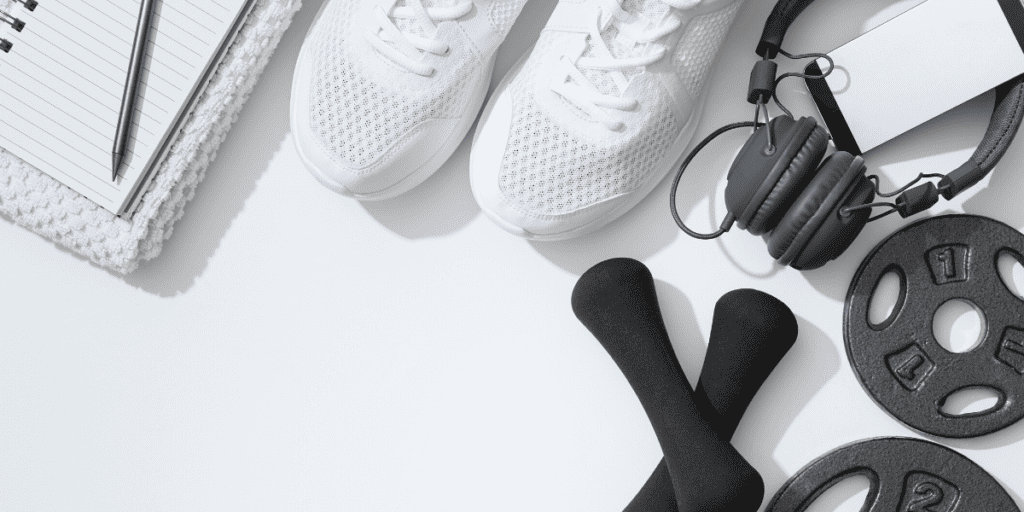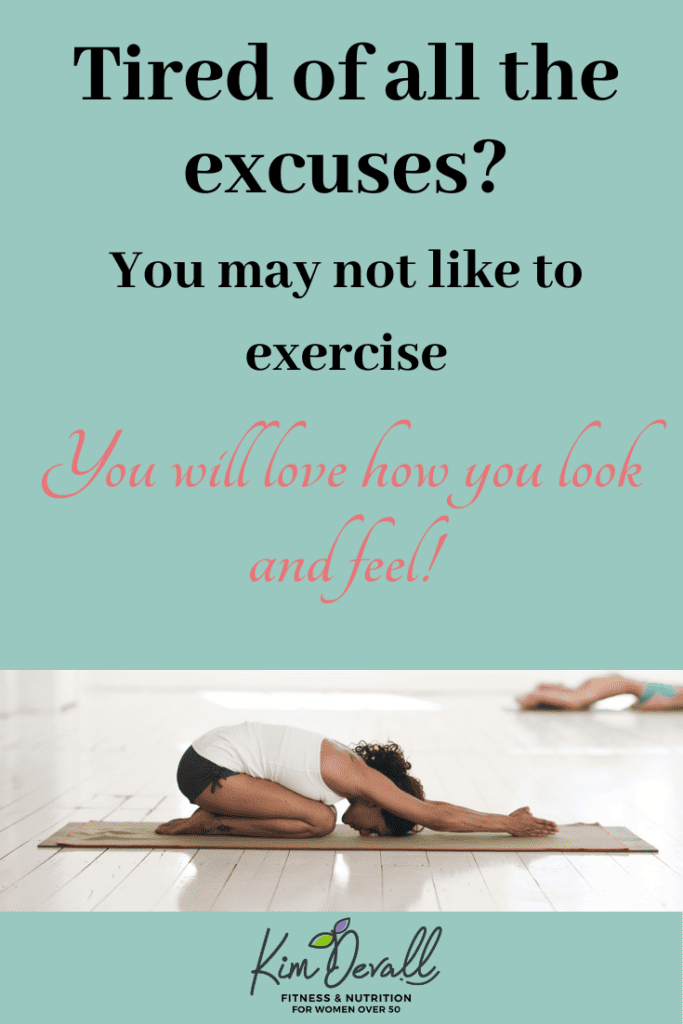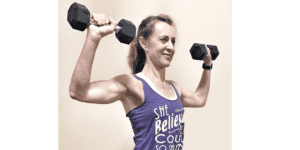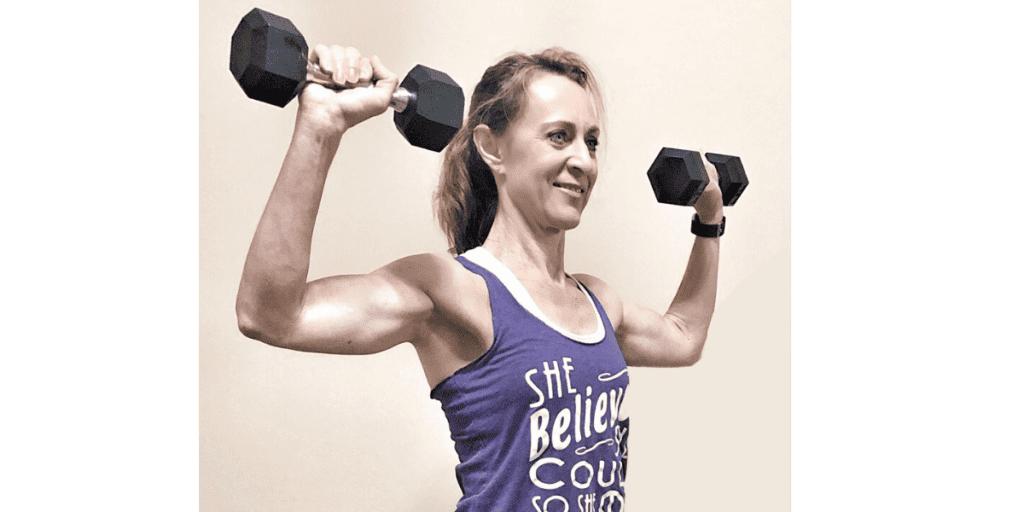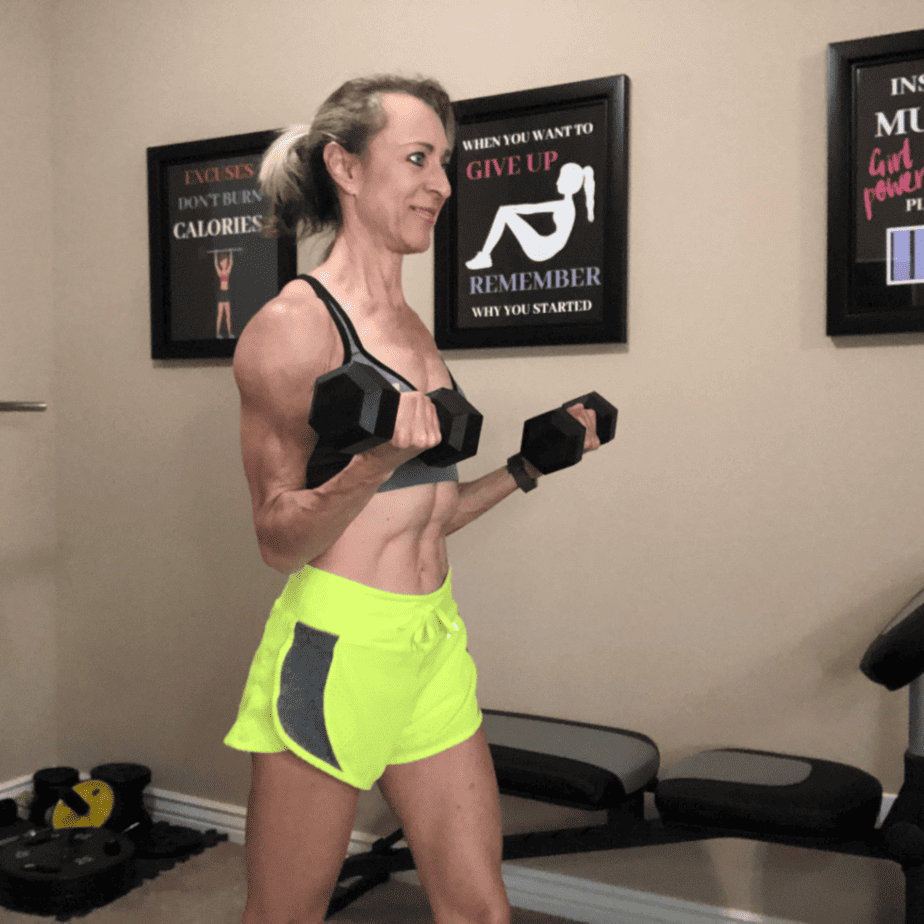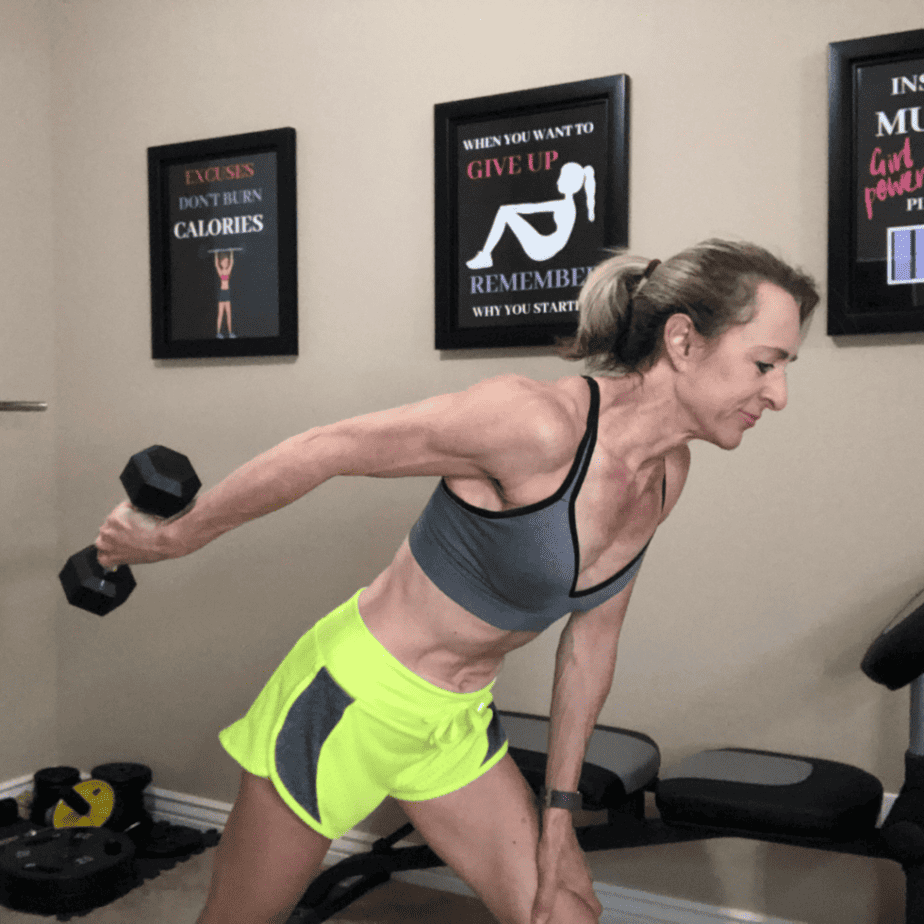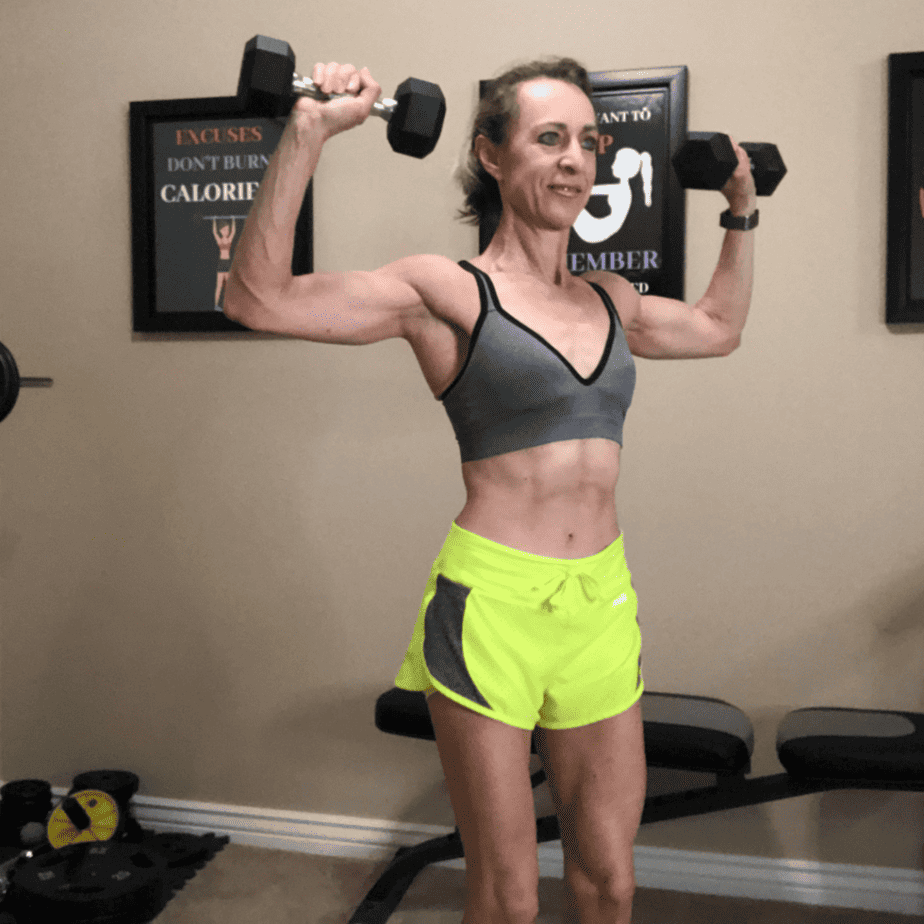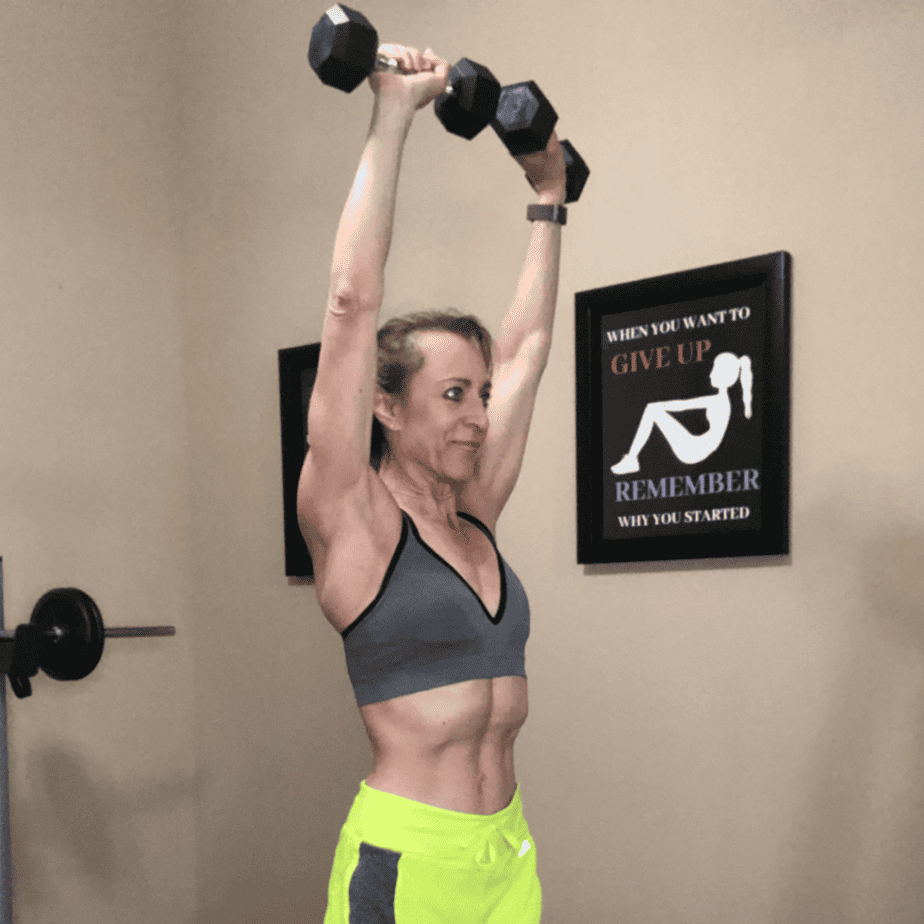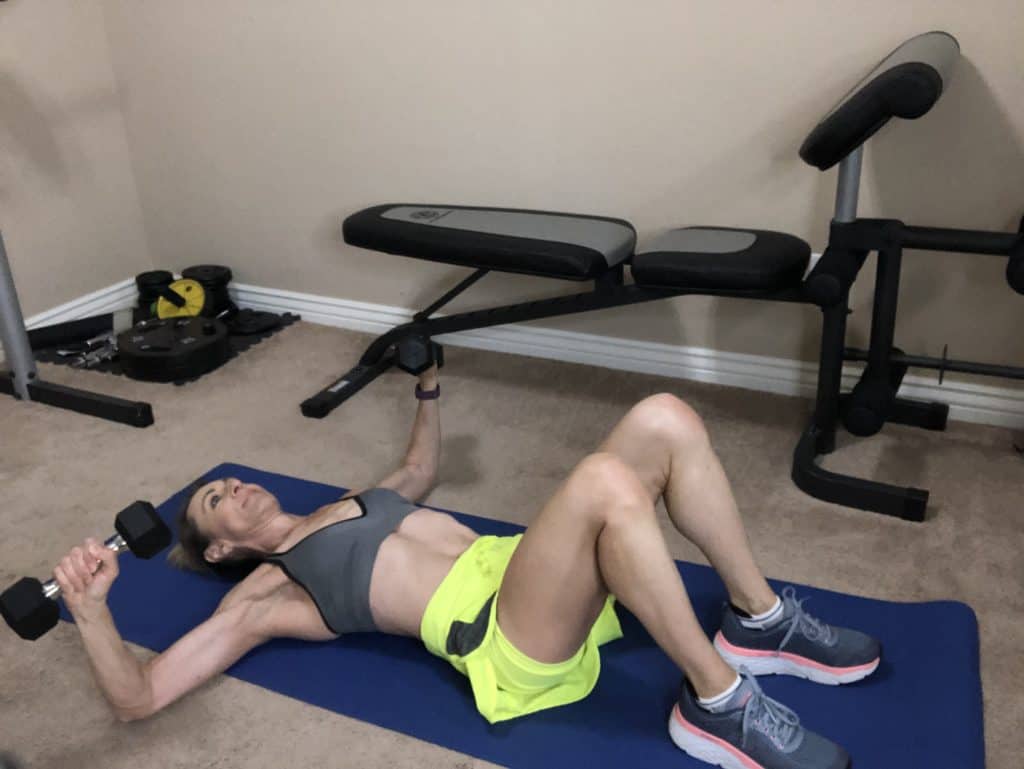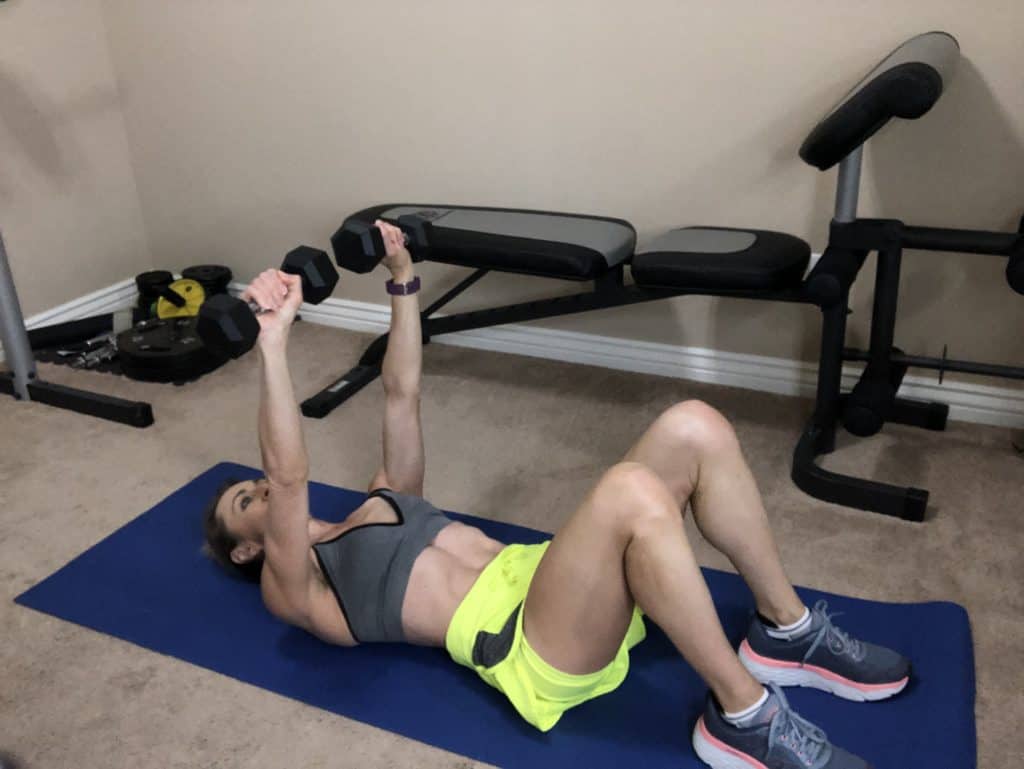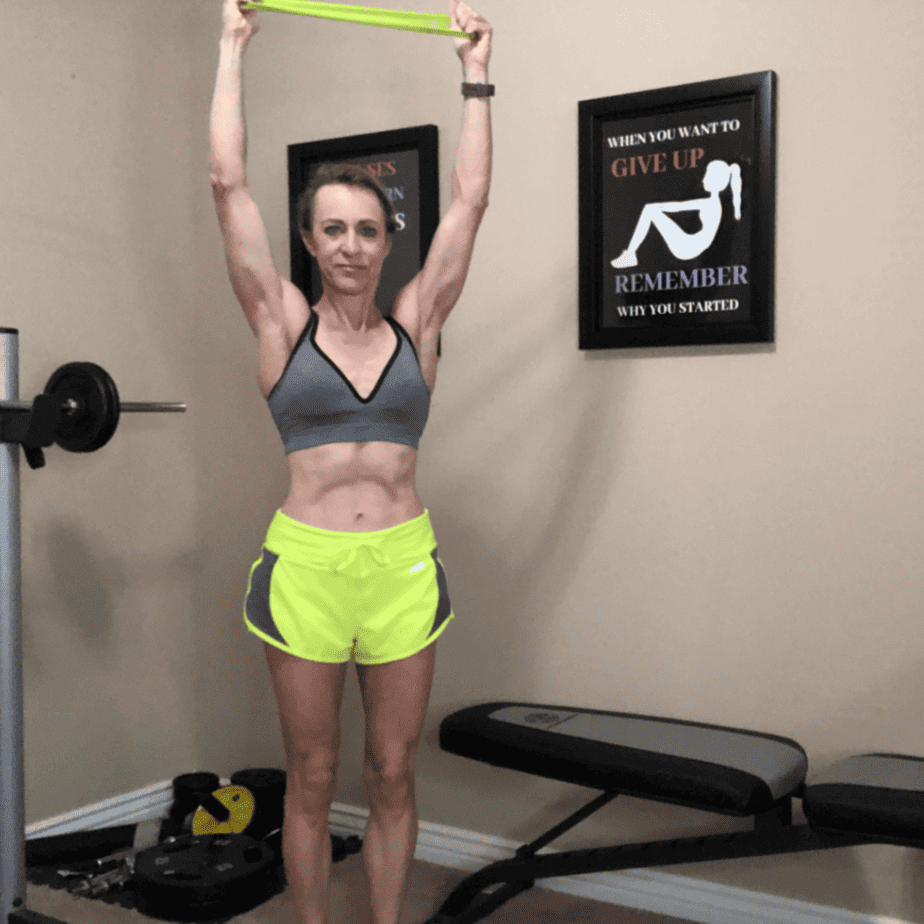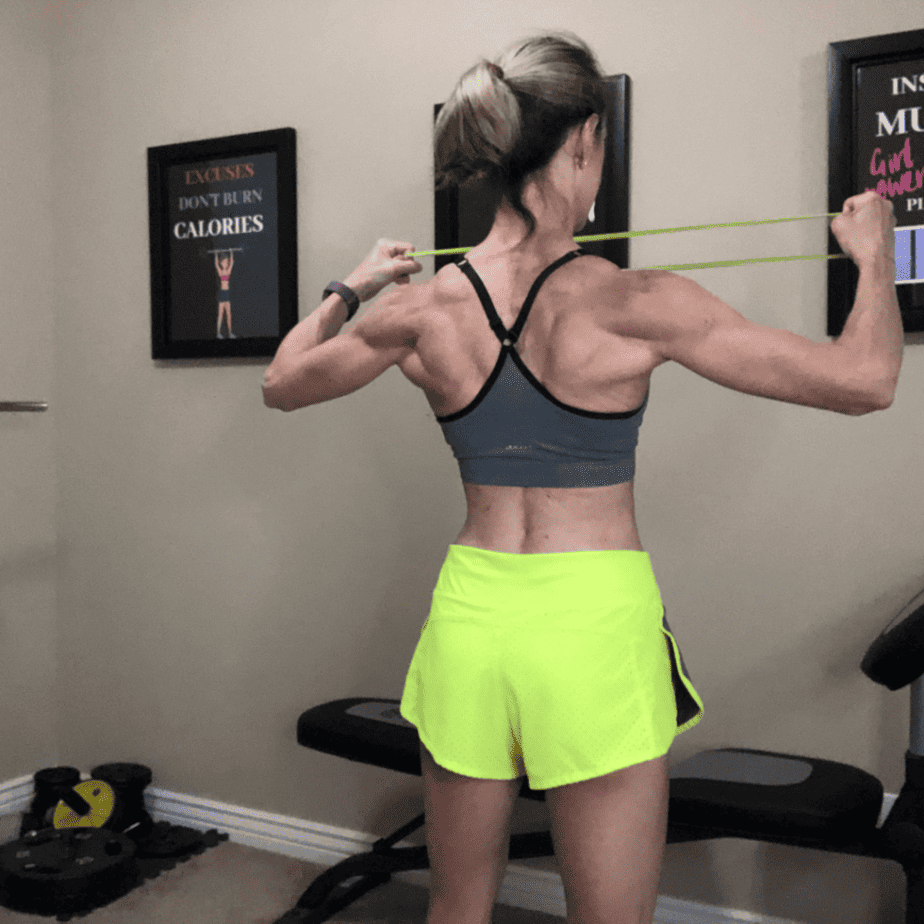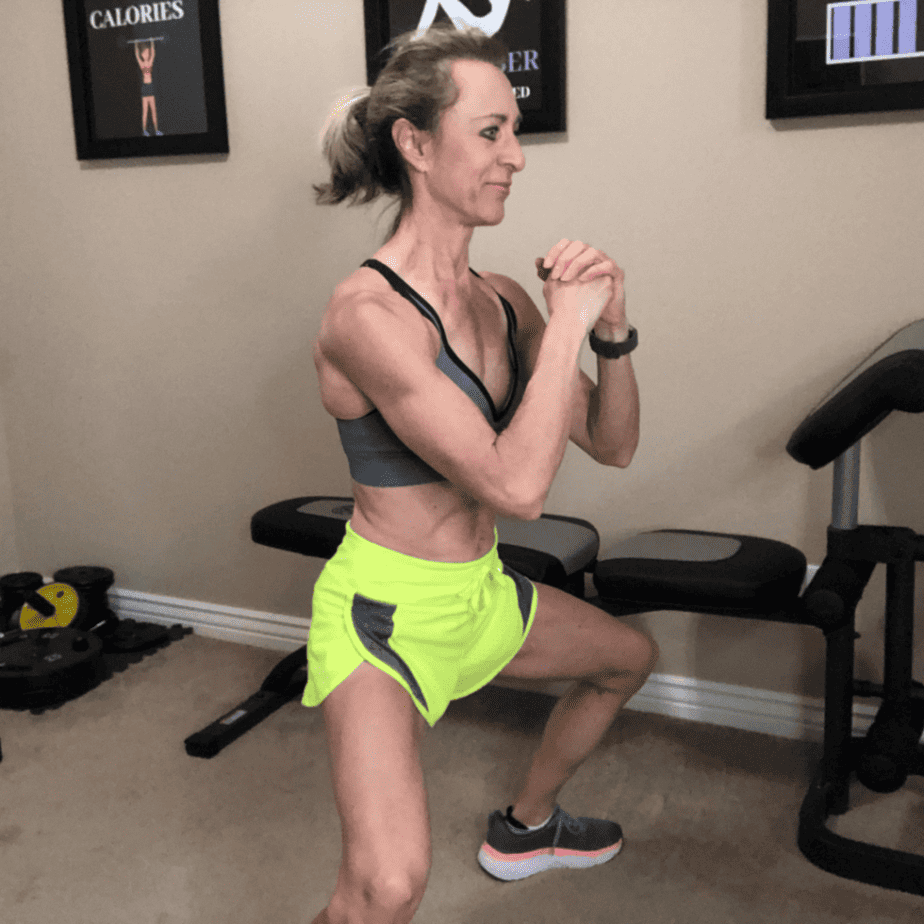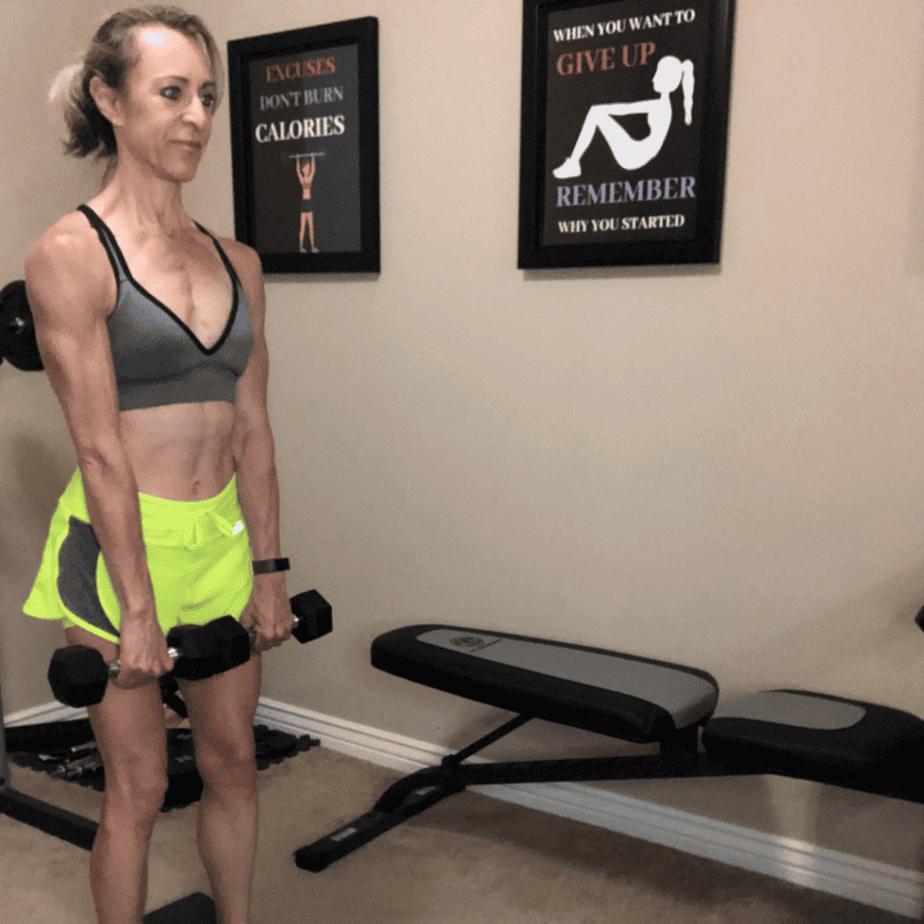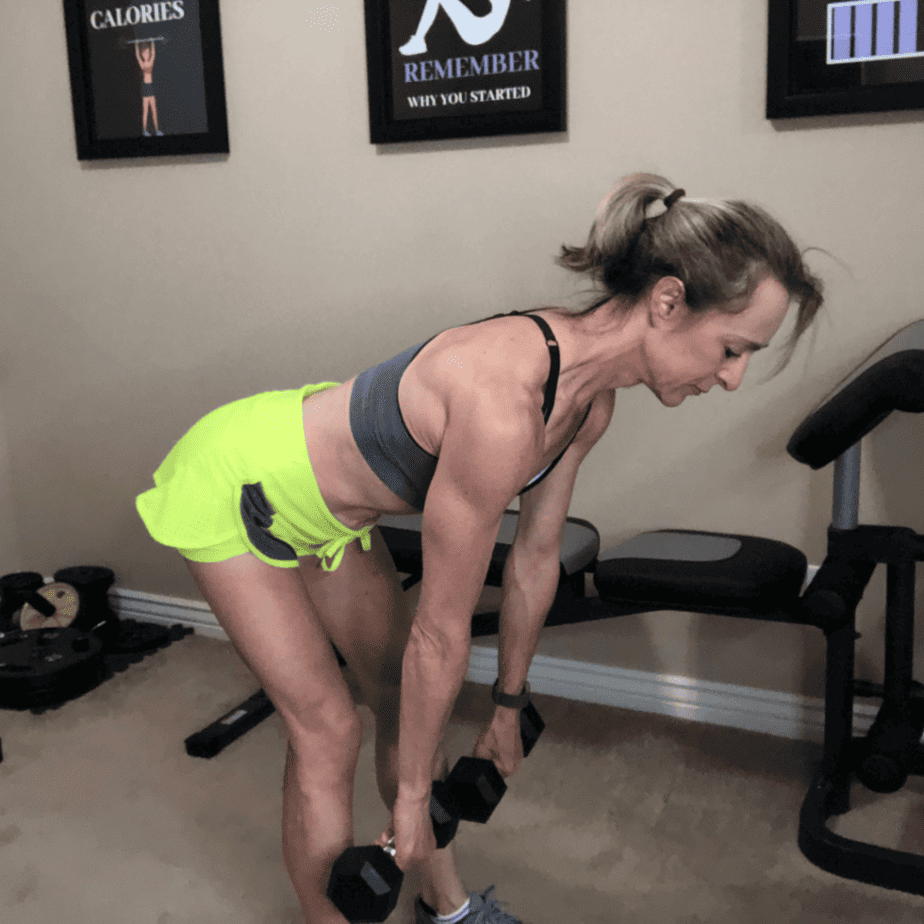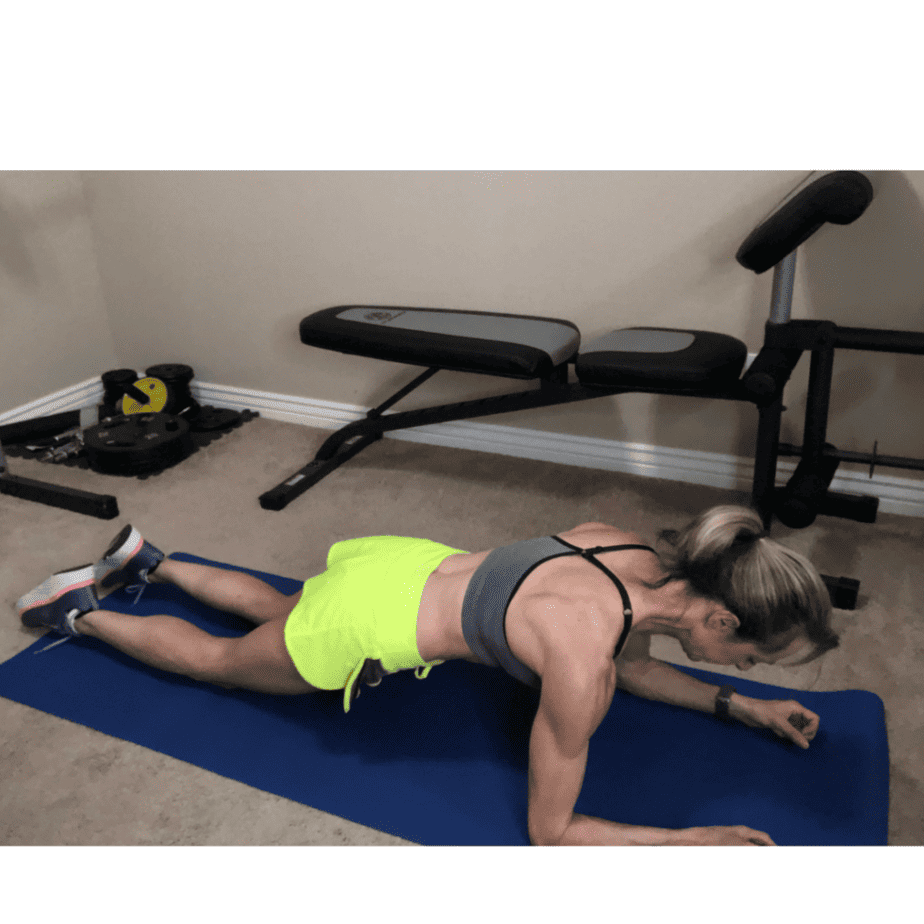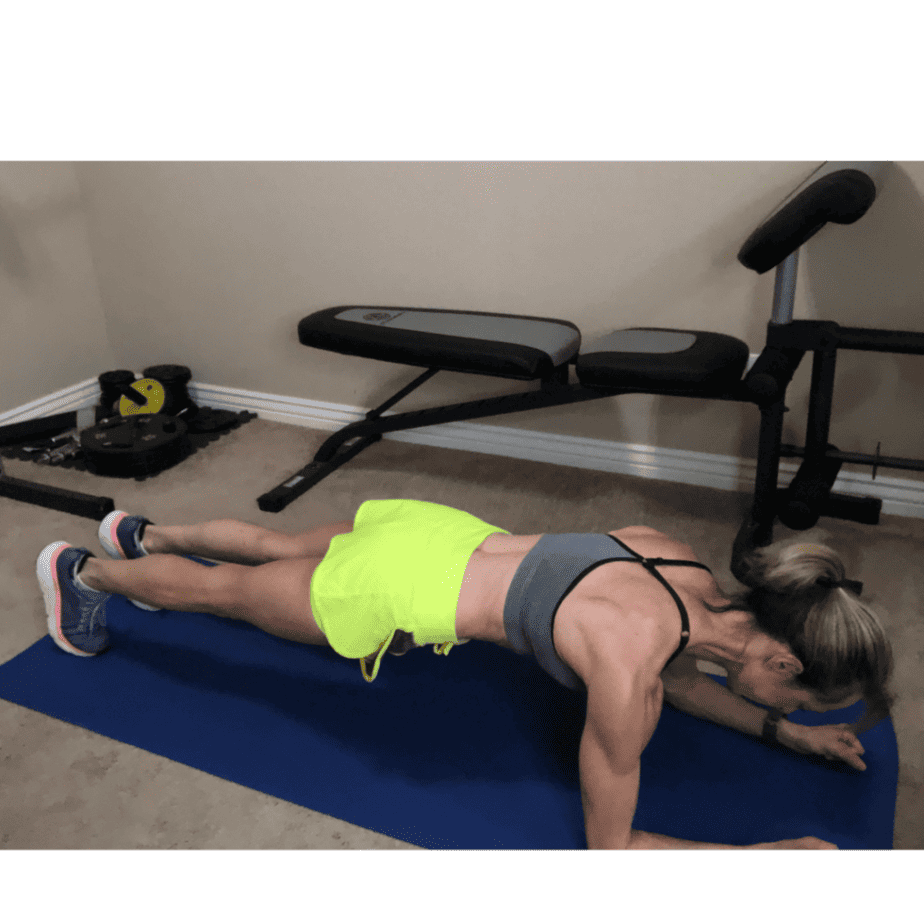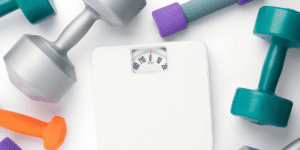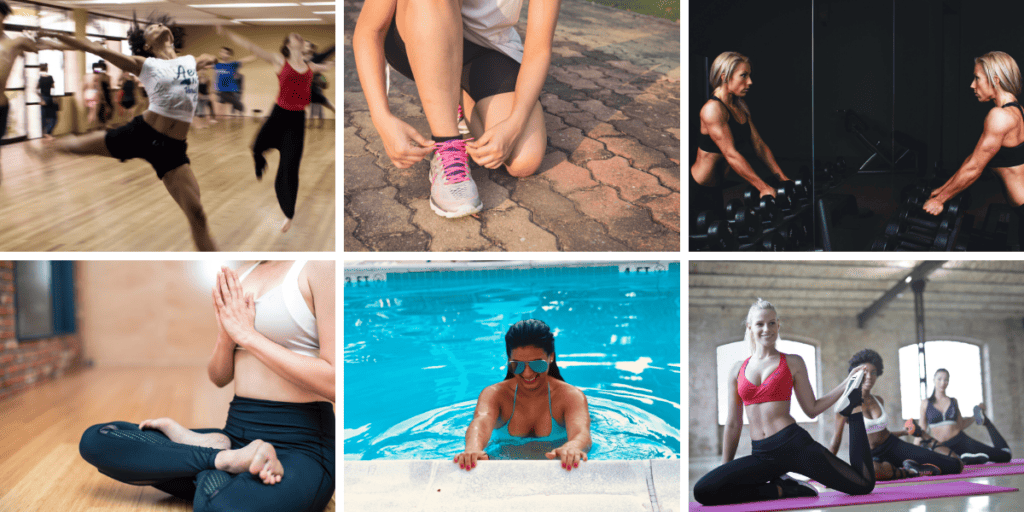- Post author:Kim Devall
- Post published:August 24, 2020
- Post comments:5 Comments
You want a strong body throughout your 40’s, 50’s, 60’s, 70’s and beyond, right? Follow these 5 surprisingly easy ways to keep your body strong!

- Secrets to losing weight with walking routine
- How to easily start reducing your calories today
- 5 Reasons you want to start counting macros today
- 8 Reasons you should stop dieting to lose weight
- Use this time to create your at-home fitness routine
- Picky eaters guide to eating healthier
- 5 Reasons you want to start increasing your physical activity today
Why you want to keep your body strong
The reasons for keeping our bodies strong can be endless.
As we get older this becomes even more apparent. Things like…
- the abililty to raise your arm over your head
- walking to the bathroom
- getting in the car
- standing up from the chair
So, yes, these are basic movements, but what we take for granted today can become difficult or even impossible as we get older, IF
we don’t keep our bodies strong NOW.
Sound like too far into the future? What about…
- having more energy
- fewer aches and pains
- feeling confident
- loving how you look with a strong body
- biking/running faster
You can see the benefit of these immediately!
Warning signs you may be losing muscle
We naturally start losing muscle early (some say as early as our 20’s or 30’s). By age 40, you could be losing a 1/4 pound of muscle per year. I know that doesn’t sound like much, but by age 60 you could have lost up to 20% of your muscle mass.
It doesn’t happen over night. In fact, it happens so slowly that you may not even notice UNTIL much later in life. The changes occur slowly until one day you may realize you need to grab hold of a railing because your balance is off or you find yourself walking much slower than you once did.
We often just blame it on “getting older”; however, it isn’t due to our age. It’s due to our loss of muscle.
So, what are some warning signs we should be on the watch for?
- a weaker hand grip
- walking slower (you may not notice. someone else may tell you)
- feeling unsteady and needing to hold onto railings when climbing stairs
- recovering more slowly from injuries
Not every warning sign will mean you’re losing muscle; however, if you aren’t following a strength training program it can still be a good sign to start.
How do you keep your body strong?
If you’re looking for the ONE thing you need to do…
Well, I’m going to give you 5. Ideally, we’d all do all 5 of these every day. That may not be realistic, but doing as many of them as often as you can will definitely help.
1. Eat the right foods
A strong body needs foods rich in nutrients.
Topping the list of foods we want to eat are foods high in protein. As we get older, we need more protein. And, if you don’t eat enough protein, your body could break down muscle, which will speed up the loss of muscle.
High-protein foods include
- chicken breast
- lean beef
- turkey breast
- eggs greek yogurt
- fat-free or low-fat cottage cheese
We also want to eat a variety of fruits, vegetables, healthy carohydratres and fats too.
2. Add resistance training to your daily schedule
There’s no more effective way to build muscle than to add resistance training to your routine. Resistance can be weights such as dumbbells, or it can be resistance bands and even your own body weight.
While our bodies are naturally losing muscle mass as we age, we can slow or reverse it by building muscle through resistance training. It is possible to have more muscle when you are 50 or 60 than you did when you were 30 or 40.
A critical step to doing this is adding resistance training to your daily routine.
- Upper body – pushups are the best!
- Abs – any variation of the plank
- Quads and hamstrings – body weight squats
3. Build your retirement "muscle" account
Are you building your retirement “muscle” account?
As you get older (like 80’s, 90’s and beyond), your body will pull funds (ie. muscle) from this account. By building muscle now, you’ll have muscle available to use later, without as dramatic an impact to your overall strength and ability to move.
Just as you’re saving money now while you can earn a living, you can build up muscle. Then, just as you’ll be pulling dollars from your retirement savings when you stop working, You’ll pull from your retirement “muscle” account when you are no longer able to build muscle.
It’s never to late to start building either of these retirement accounts, but I recommend you start NOW.
4. Move more
5. Stretch daily
Stretching keeps your muscles strong and flexible. Without stretching, they can become tight and when you go to use them, they are weak and your risk of joint pain, or pulled muscles is higher.
Our muscles also tend to get tight as we get older, often from lack of use.
If you have a desk job, like me, our hamstrings can get super tight from sitting all day.
Stretching can be done in small blocks of time thoughout the day or all at once. I spend a lot of my stretching time on my legs as they seem to get the tightest. Shoulders and back are also key areas to stretch.
The secret is holding the stretch for 30 seconds to a full minute. You don’t want to too much force on the stretch. It will likely be slightly uncomfortable, but should not HURT.
Pulling it all together... What if you don't...
According to Michael Bemben, an exercise physiologist and professor in the department of health and exercise science at the University of Oklahoma, a woman’s muscle will deterioriate faster than a mans. To make matters even worse, we start off with less muscle than men to begin with. Talk about UNFAIR!
I highly recommend you start building muscle now. Just as you’re building your retirement savings account, think of building your muscle as a retirement account for your strong body.
There’s no time like now to invest in your muscle.
Pin Now. Read Later
